For my forth photoshoot, I focused on close up portraits, using different facial expressions and hand gestures to portray different emotions.
Contact Sheets

Sub- Selection








For my forth photoshoot, I focused on close up portraits, using different facial expressions and hand gestures to portray different emotions.









For this photoshoot, I decided to take landscape photographs of the abandoned St. Saviour’s Hospital, formally named the Jersey Lunatic Asylum, to contrast with the self- portraits I have taken. I decided to do this to experiment with different photographic styles for this project, linking in a historical building with the topic of hysteria.
The foundation stone for the asylum was laid on Saturday 29 July 1865 and opened in 1868. The institution was named the Jersey Lunatic Asylum, and was called this for nearly 100 years. However, in 1952, the name was changed to the Jersey Mental Hospital and then in 1963, when attitudes began to change towards mental health, the current name, St. Saviour’s Hospital, was adopted. The architect was Thomas Gallichan, who was responsible for the design of other States projects such as the Royal Court House and the General Hospital. Unfortunately, he drowned while bathing in 1866 and never saw the asylum completed.

The States Assembly were extremely reluctant to spend money on a purpose-built lunatic asylum, and Sir Robert Percy Douglas Lieutenant Governor of Jersey was forced to intervene since Whitehall complained about the lack of care of islanders with learning disabilities and mental health issues. The states were first criticised in 1847, yet still took nearly 20 years to act on Whitehall’s complaint. Having convinced the States to finally build the asylum, Douglas was also instrumental in selecting Queen’s Farm at St Saviour as the ideal site, negotiating the lease of the farm and land from the Crown for £84 per annum.


The asylum used to hold an annual picnic, during which it would take its ‘inmates’, as the press described them, on an excursion around the island. Each year, the papers reported the fine weather and good behaviour of the patients, but it sounded like a somewhat stiff and rather militaristic affair, with the patients called back to their vehicles with a bugle call, at the sound of which they would all fall in.
The main part of the hospital closed when a new facility opened in 2014 and it was left unused until the decision was made to sell the building and site. Unfortunately, this attracted the interest of vandals, who broke a window and started a fire inside the building in January 2017. There have been several proposals to sell the site, which is said to be worth as much as £15 million.
























green- will edit, yellow- might decide to edit (if more edits are needed), red- won’t edit

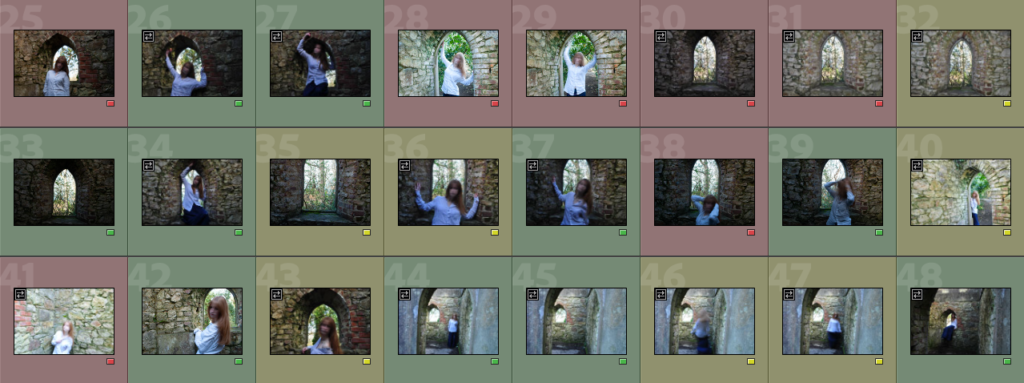
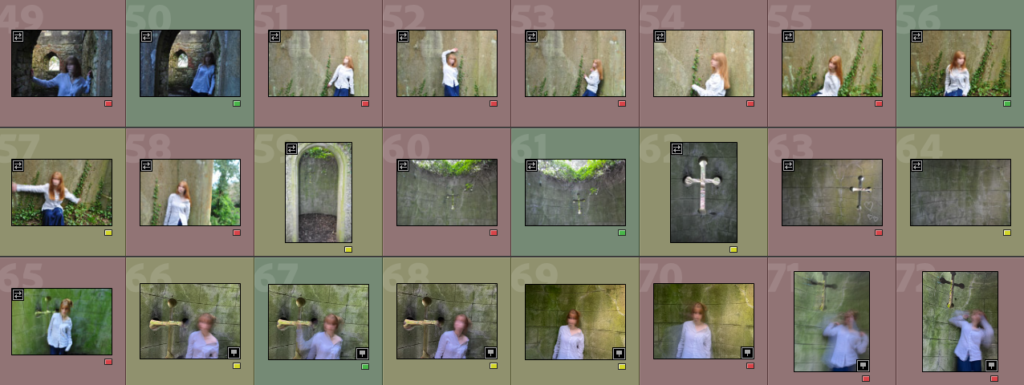


I made every picture black and white and I enhanced the contrast of the images by changing the contrast, highlights and shadows as well as increasing the texture and clarity of the photographs. I either lowered or increased the exposure, depending on the lighting in each image.
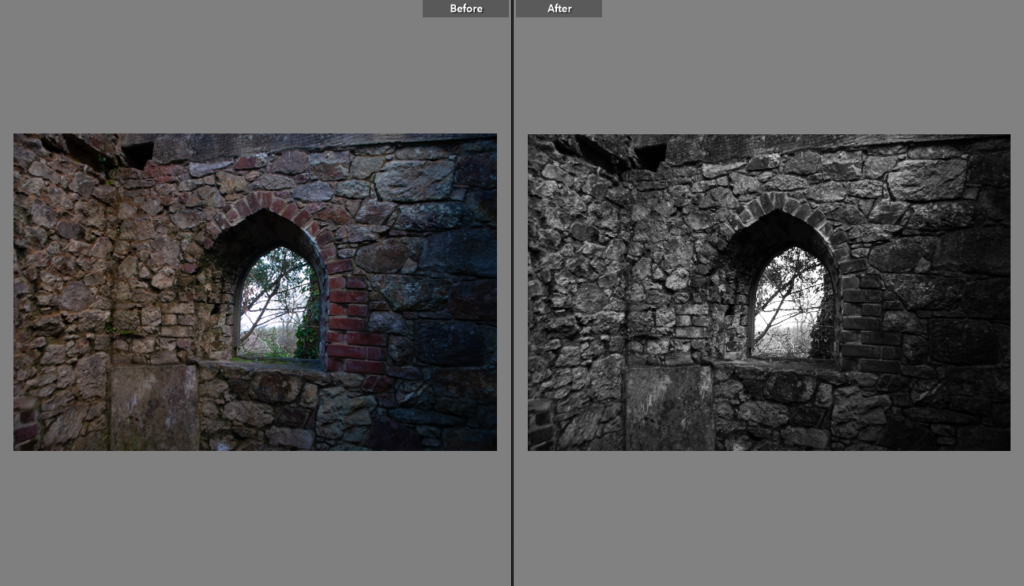

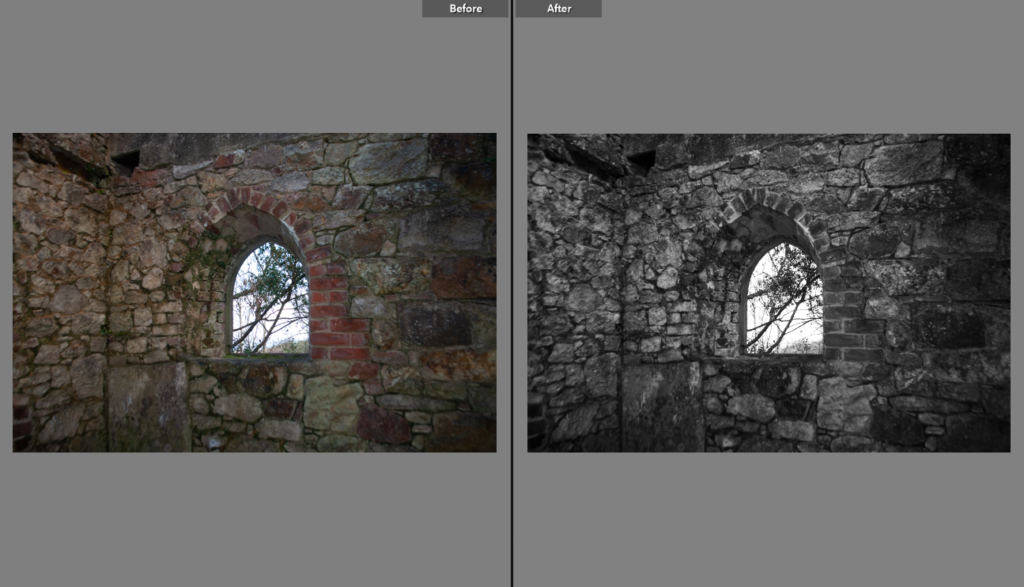

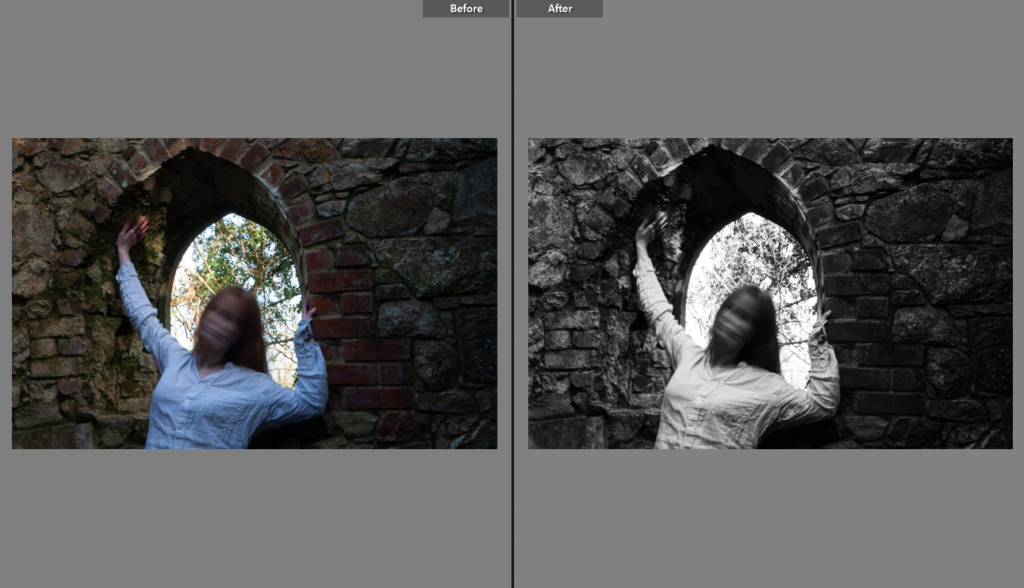

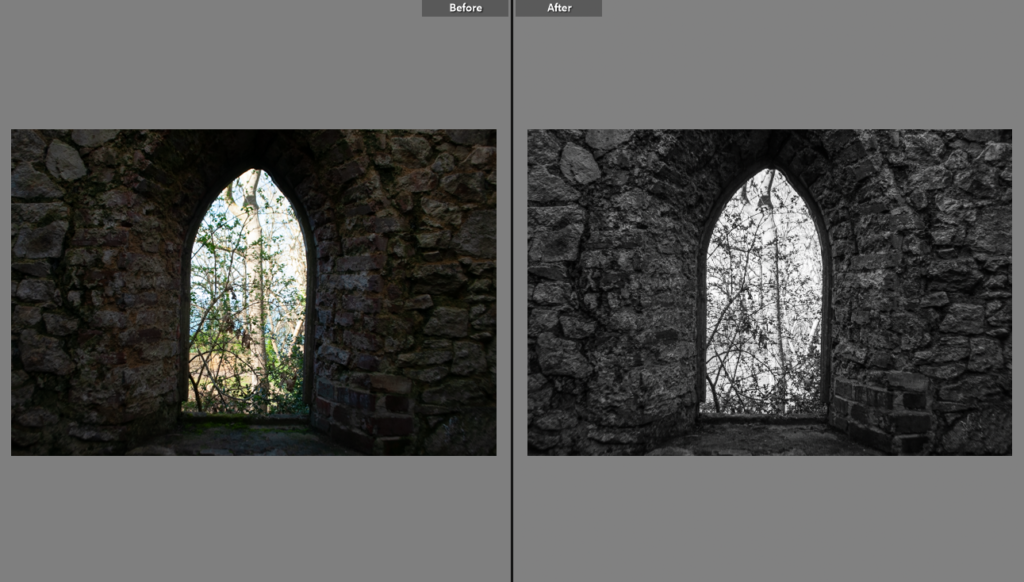
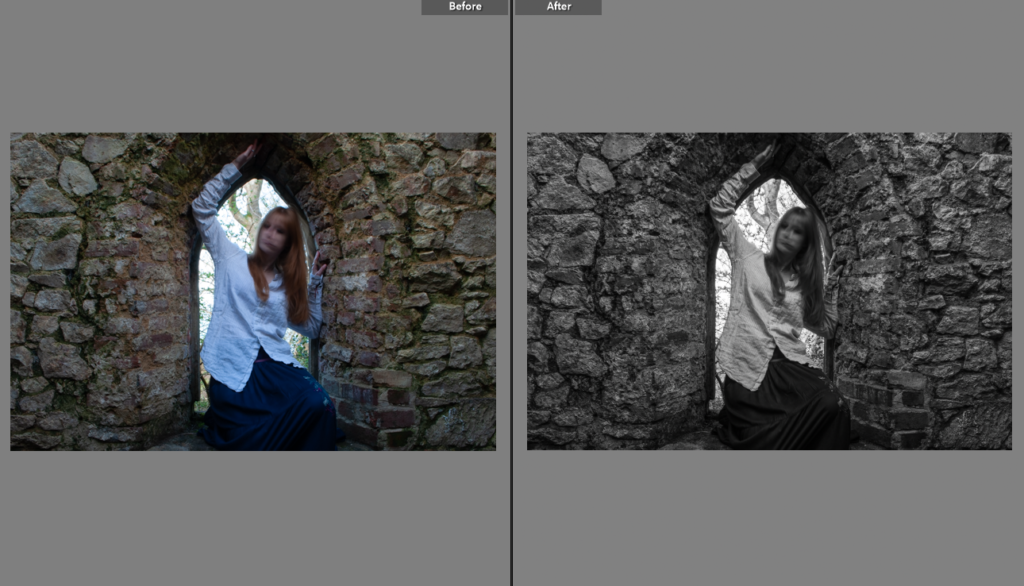
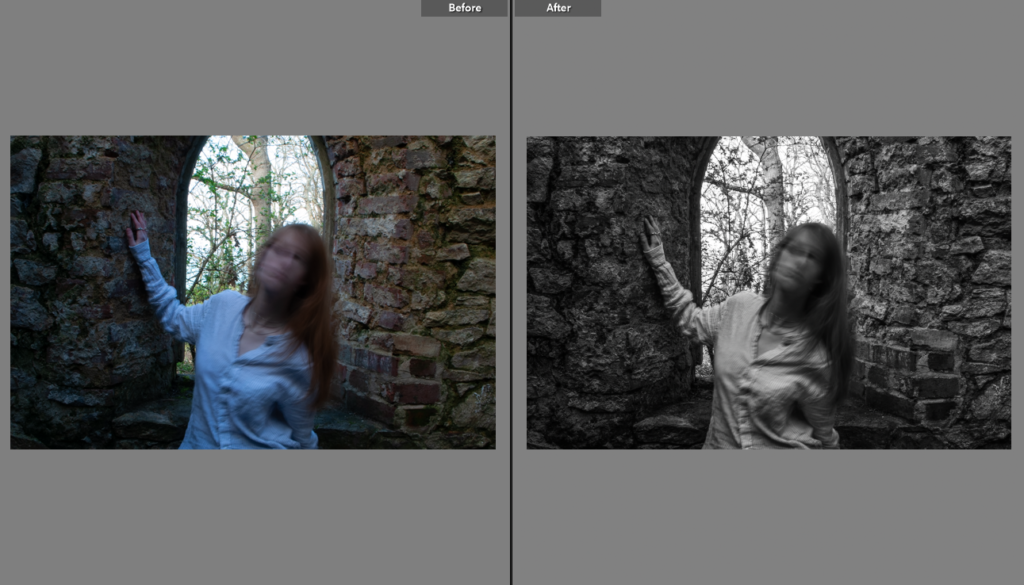
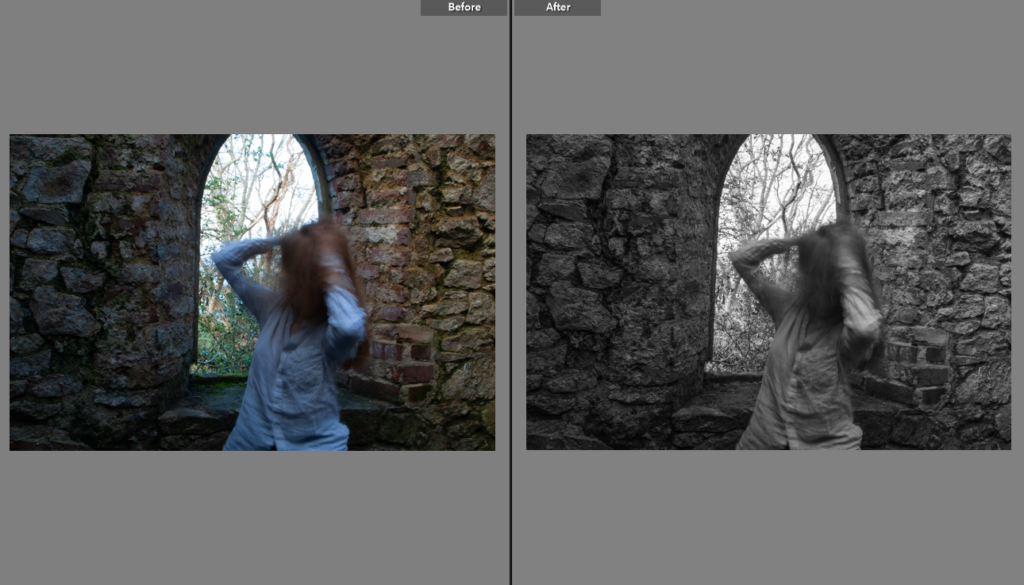
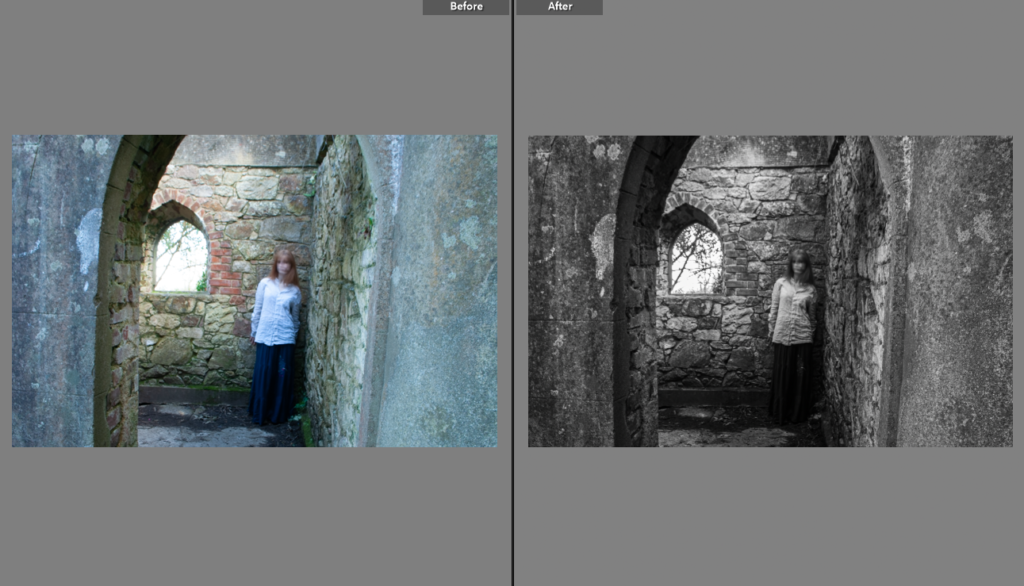

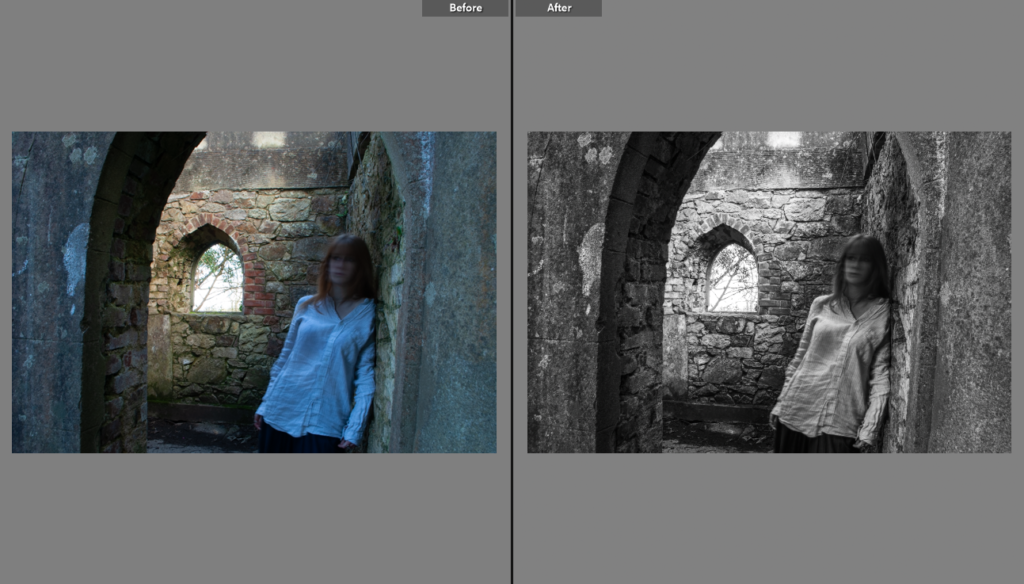
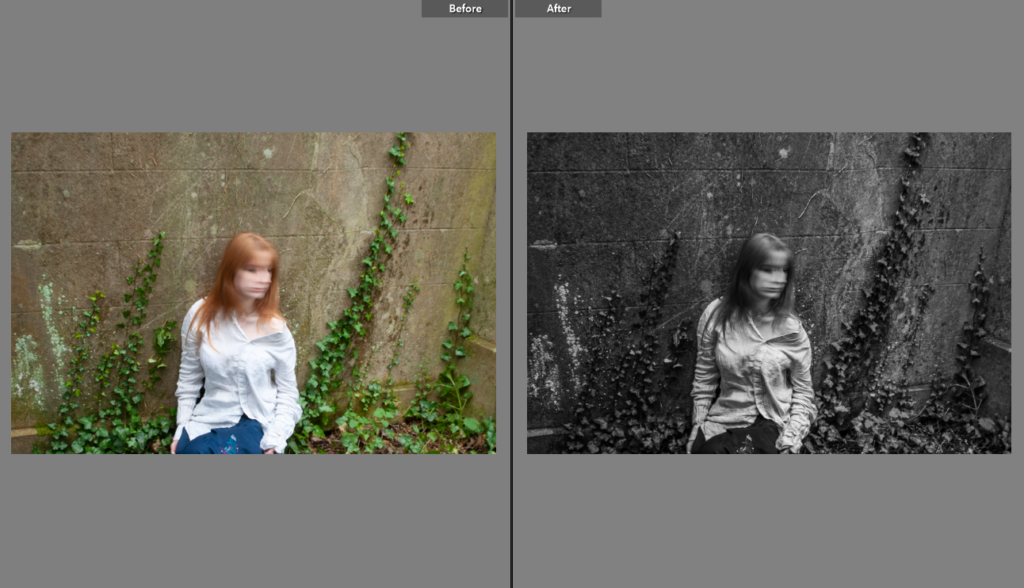
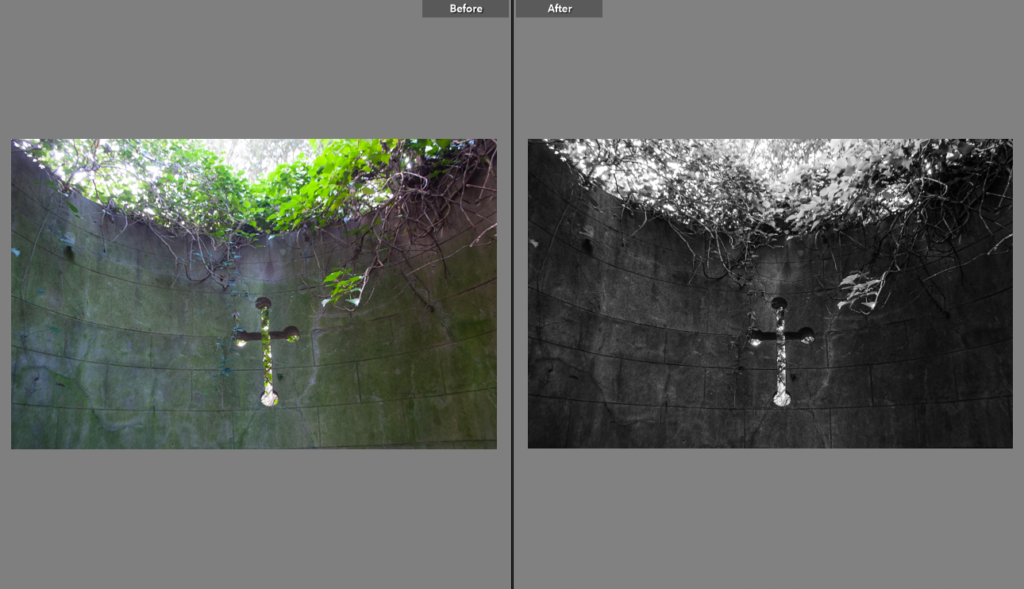
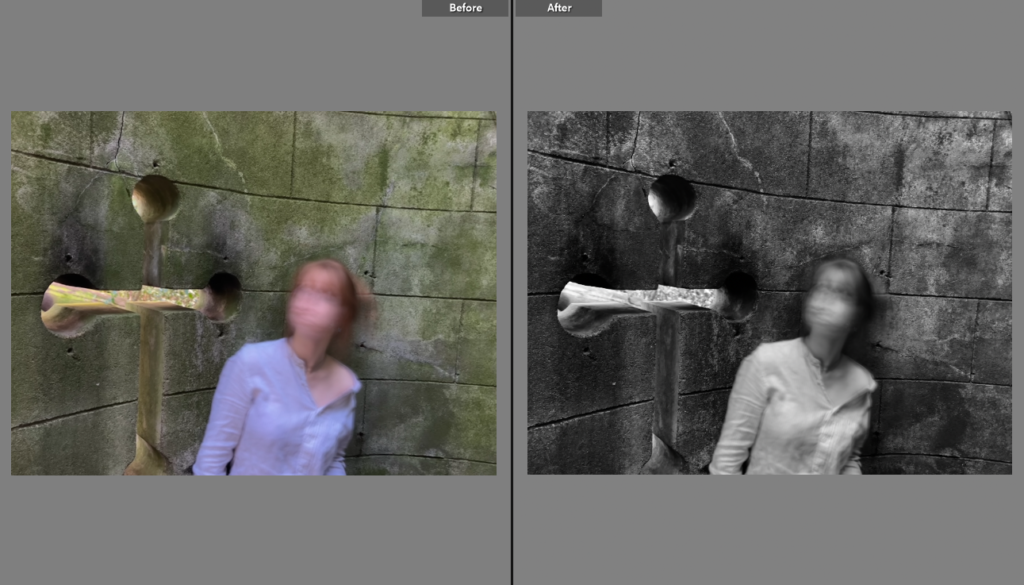
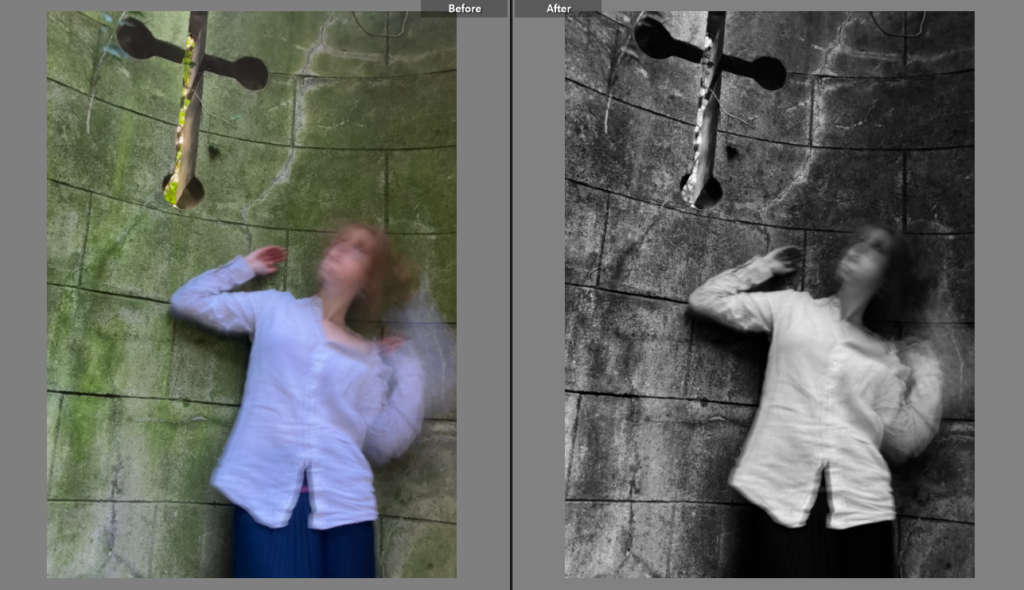
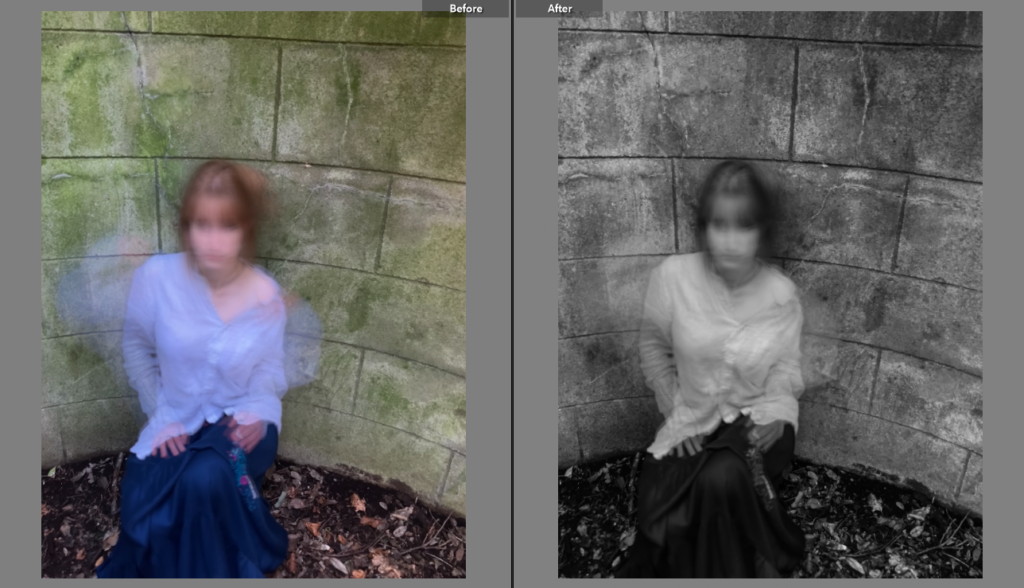
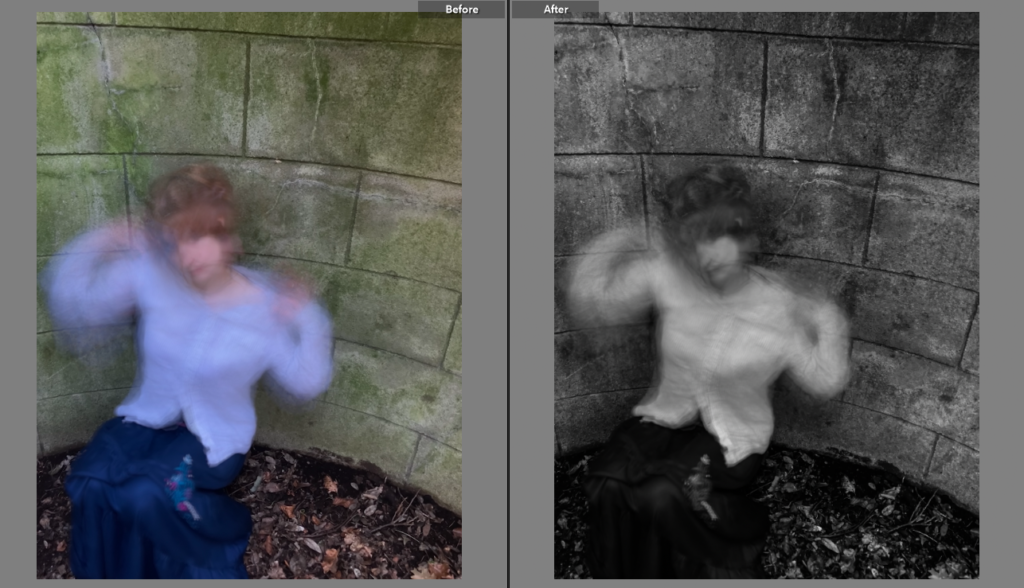
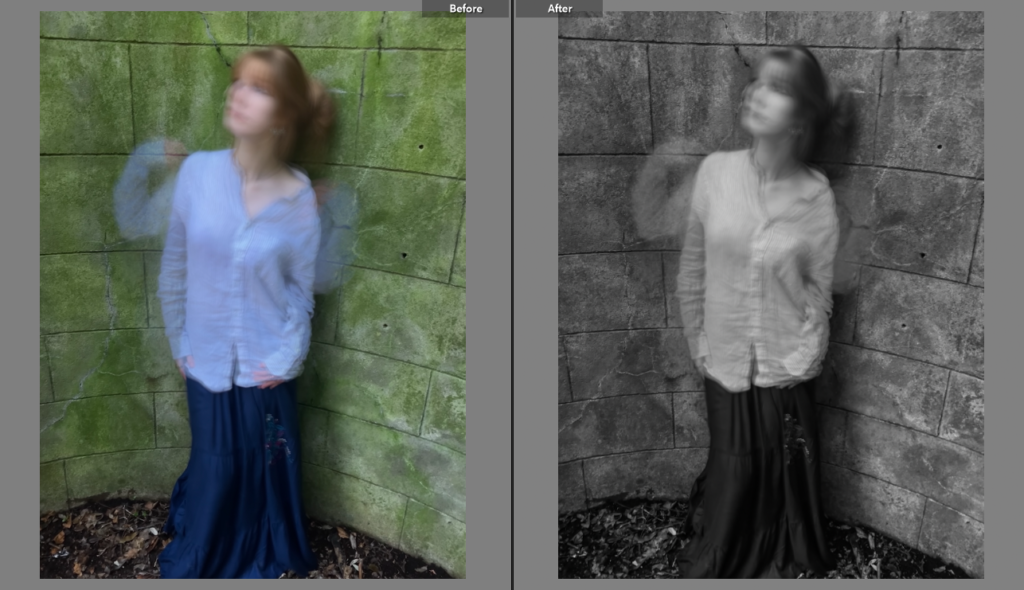
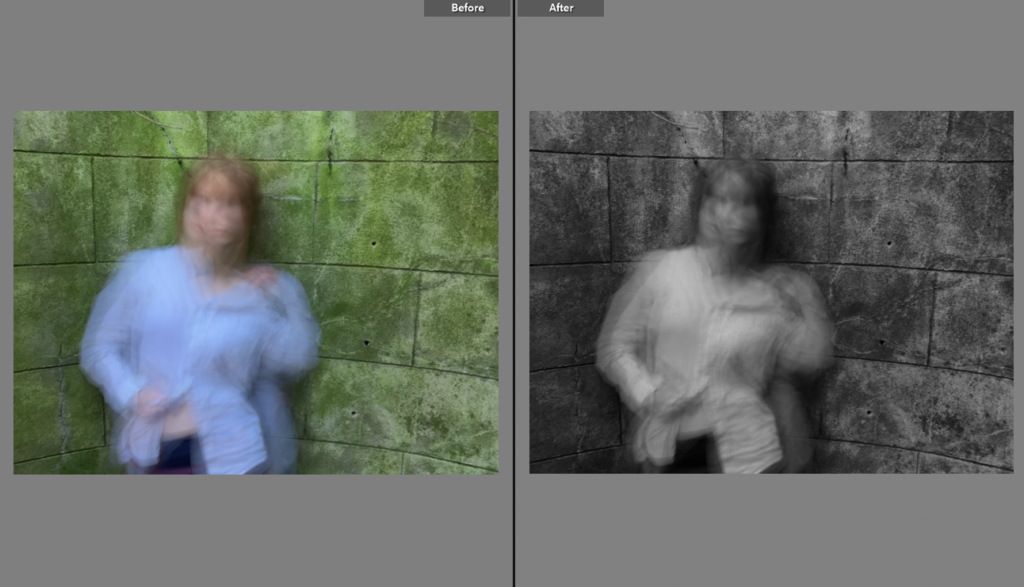
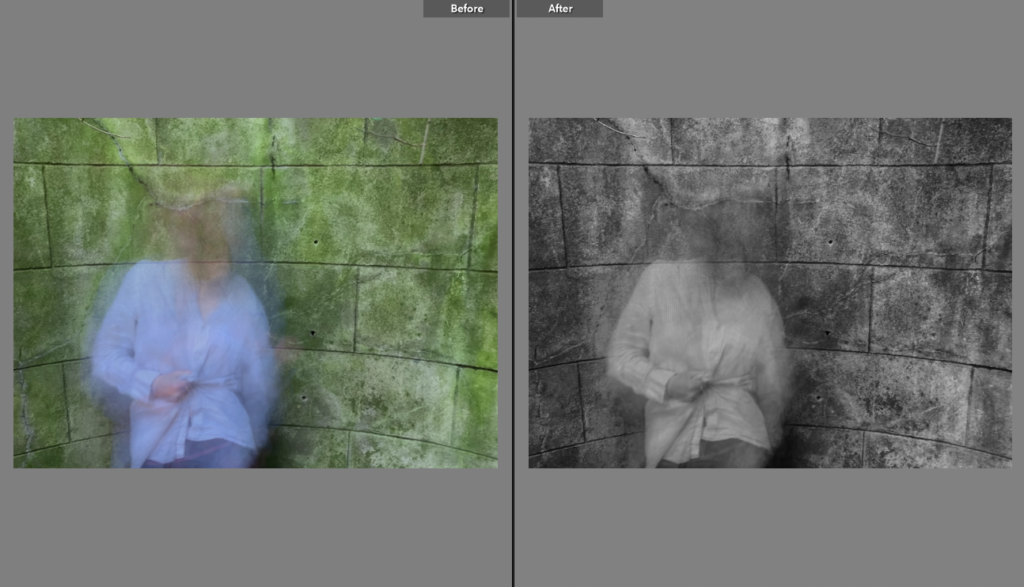

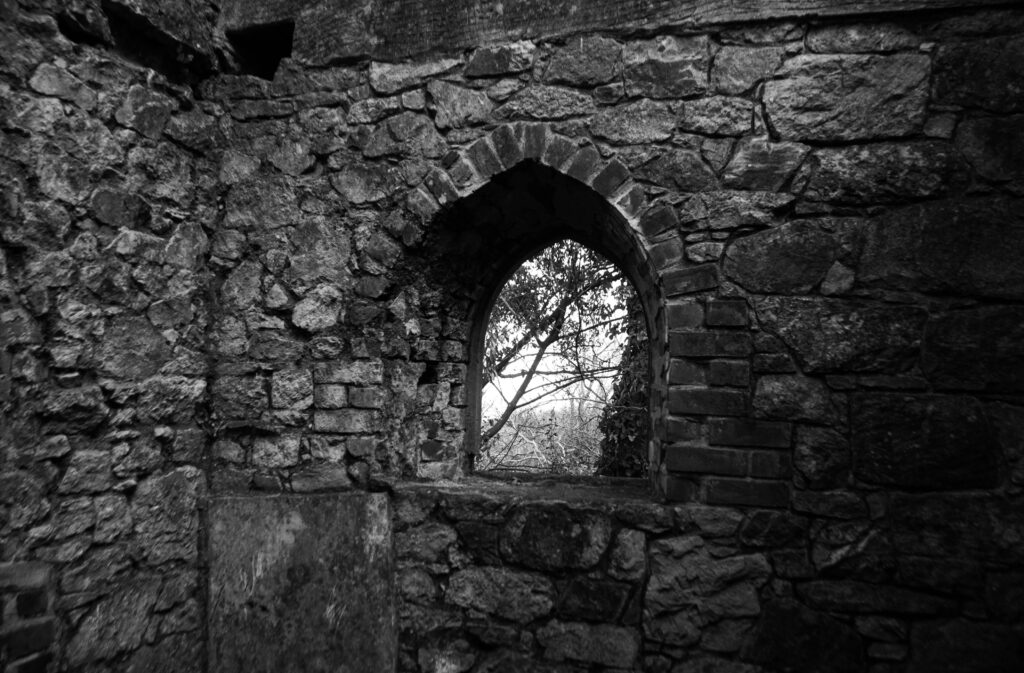
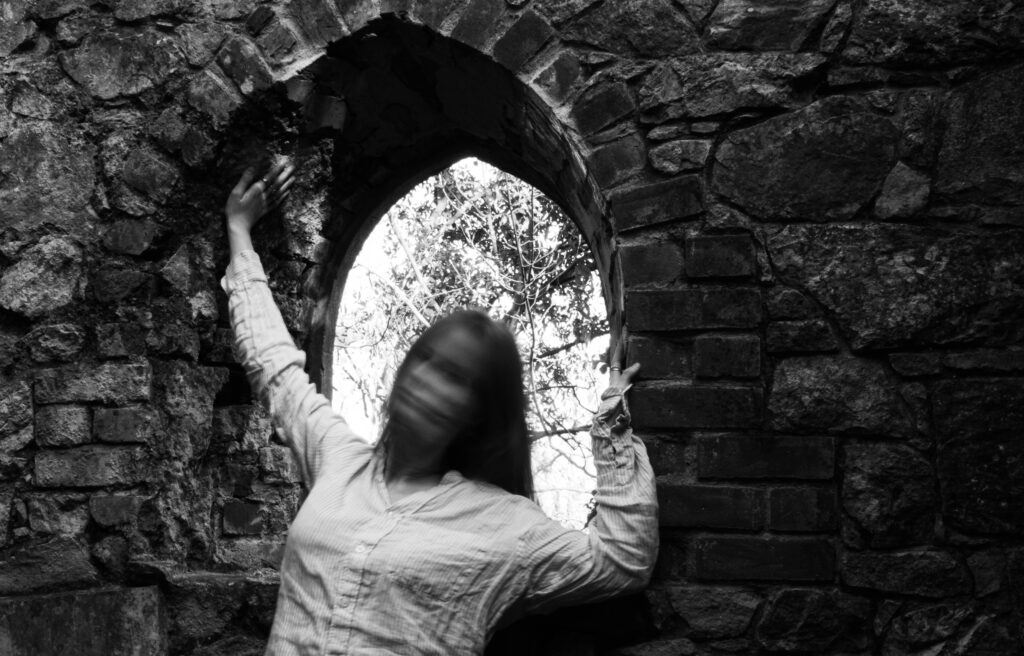
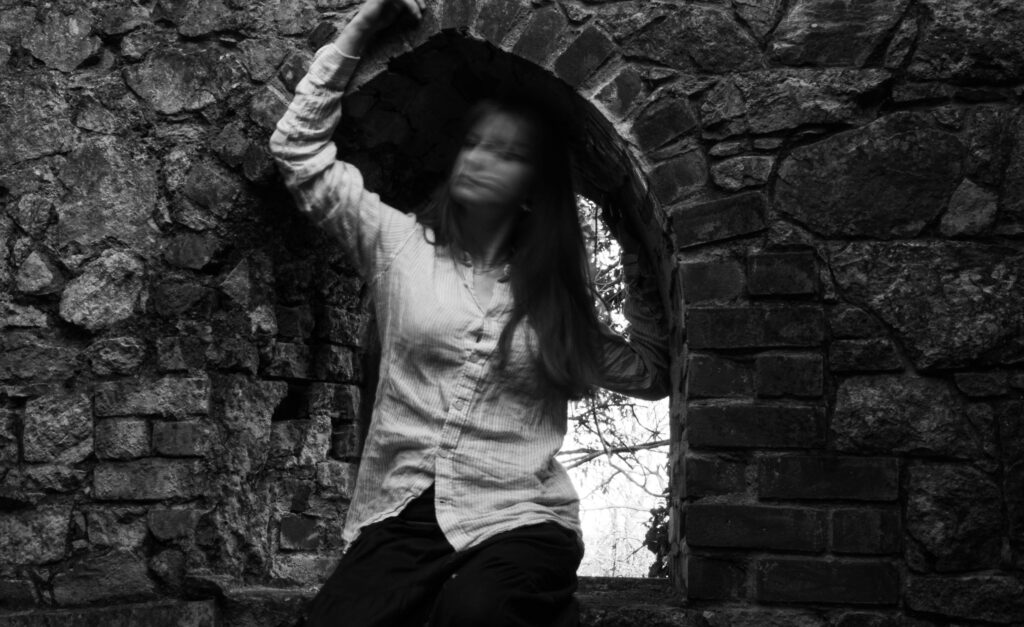
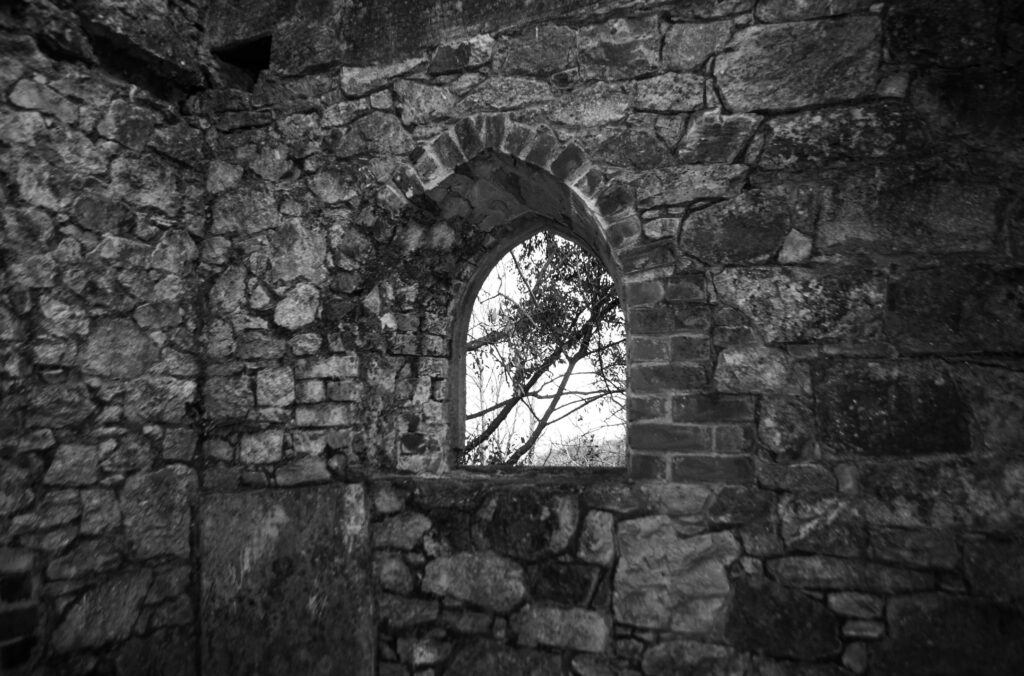

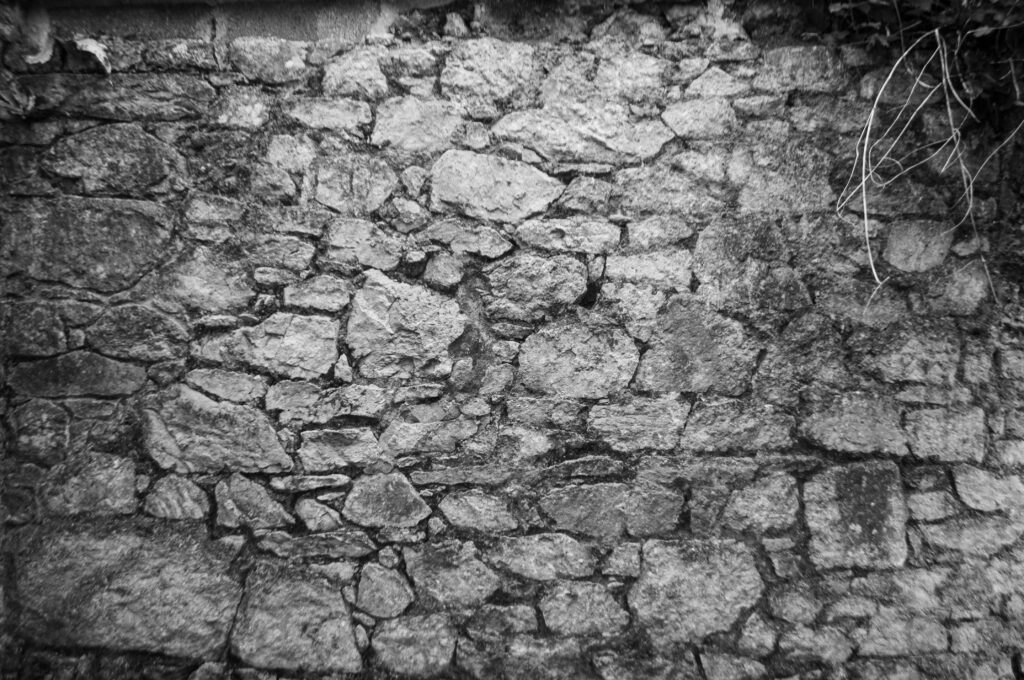
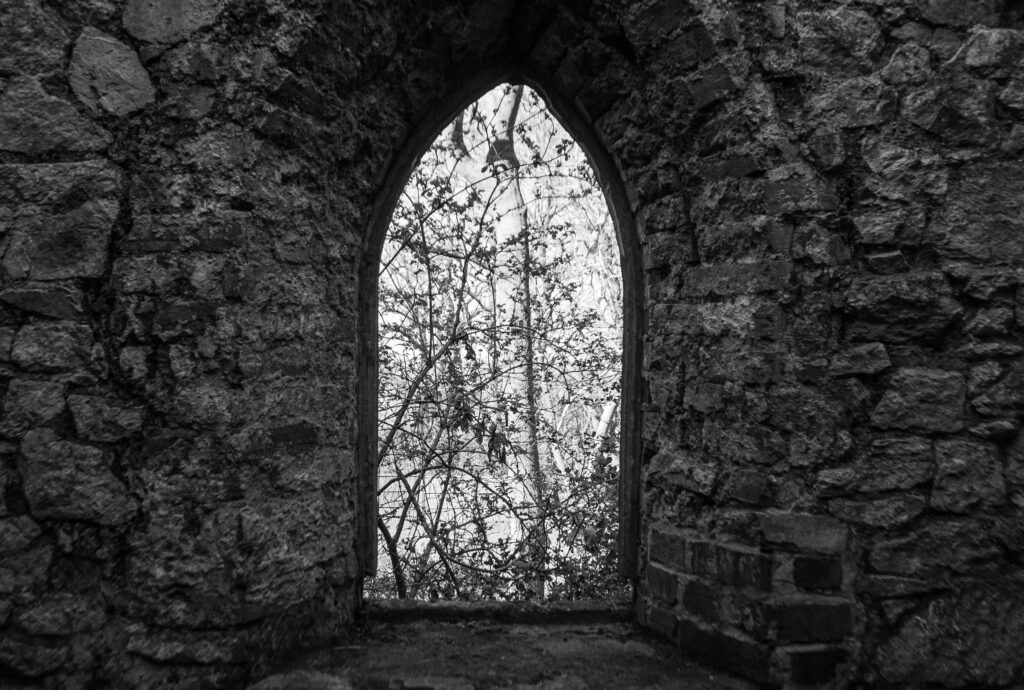
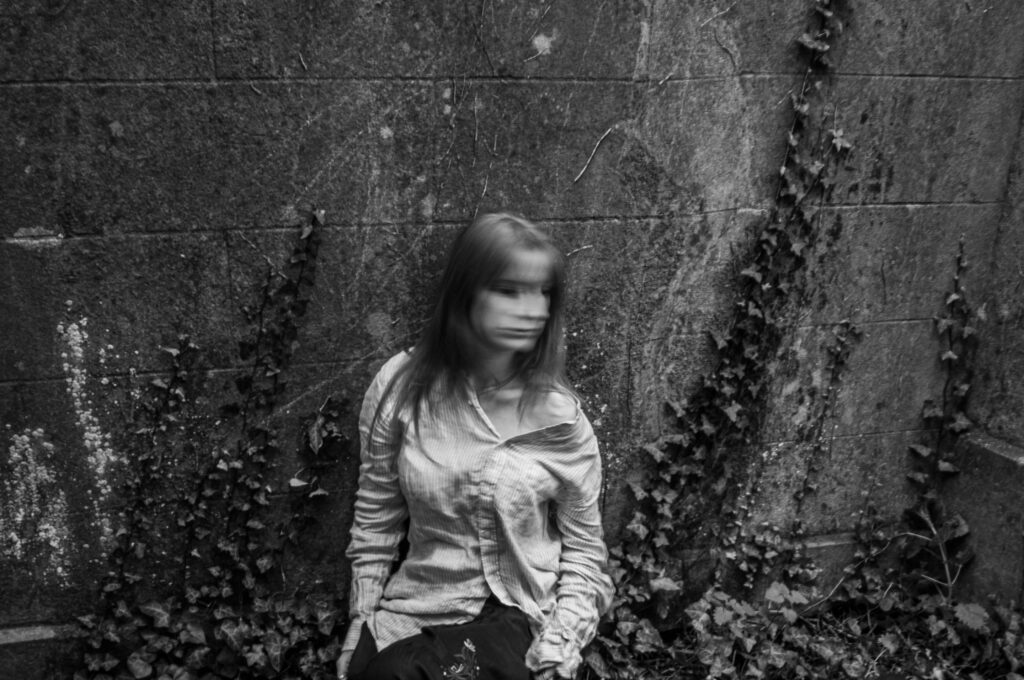

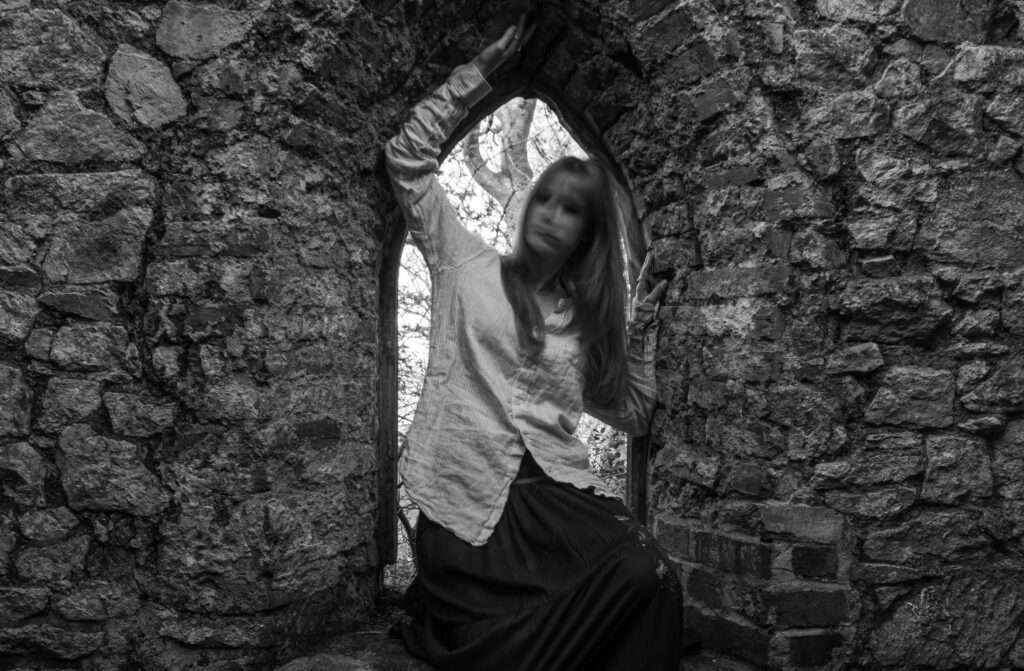

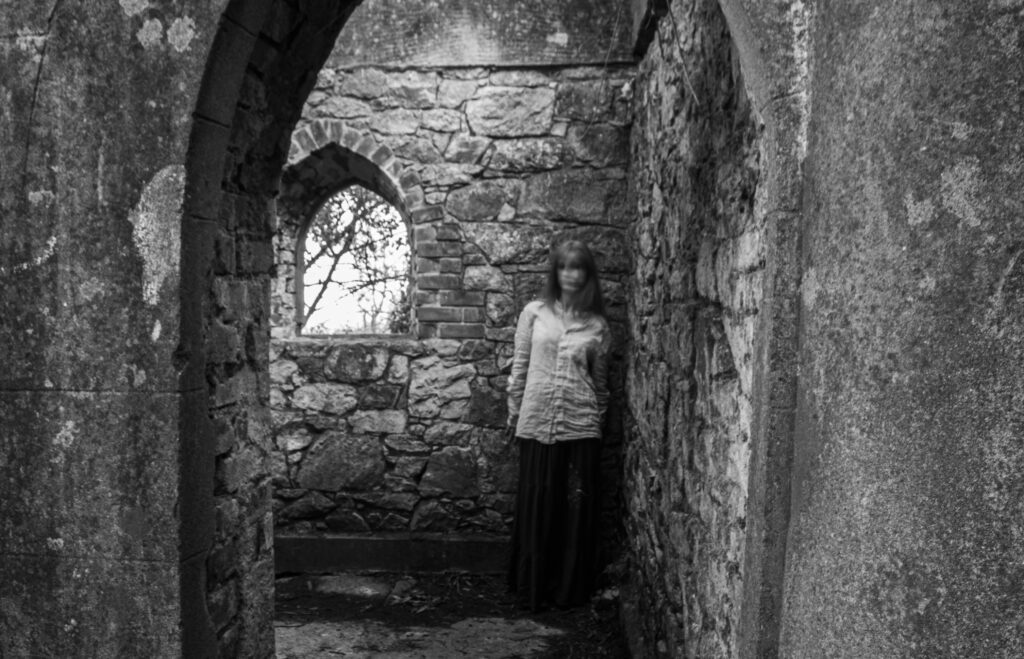
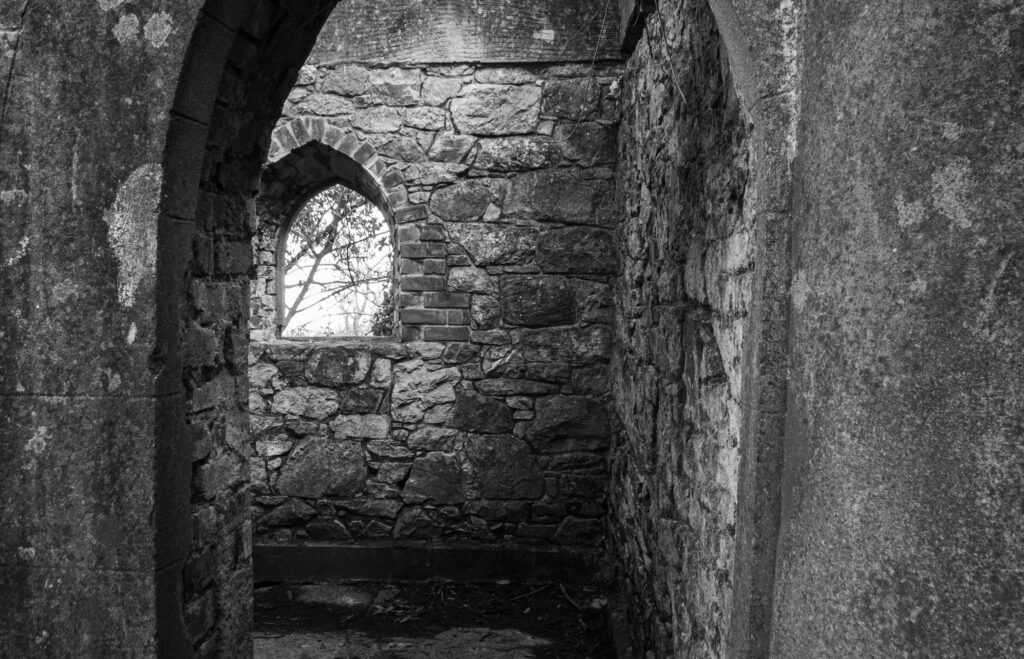

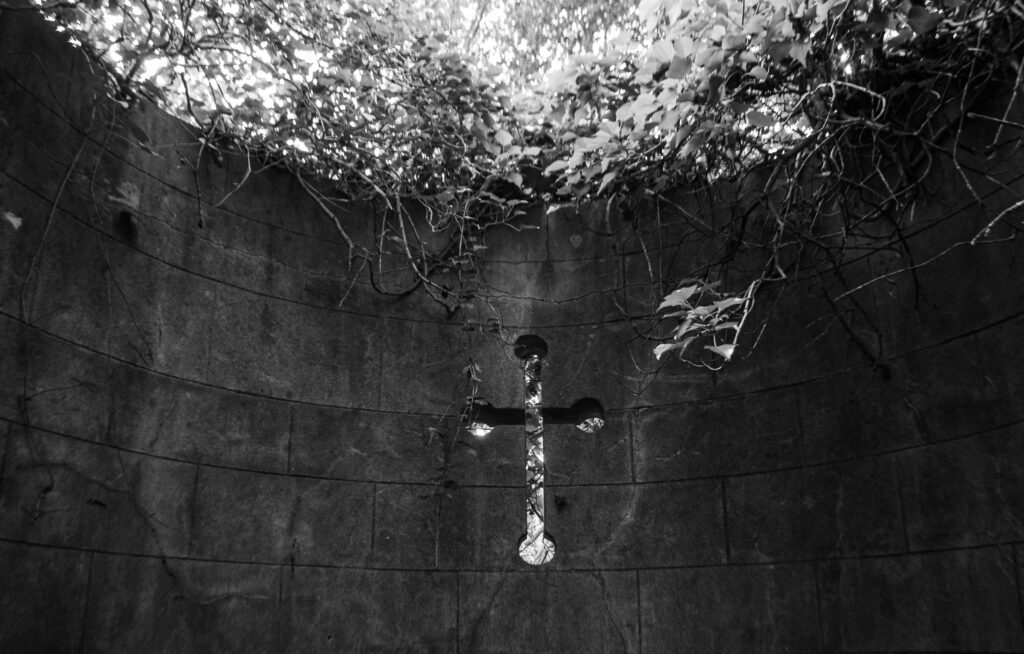


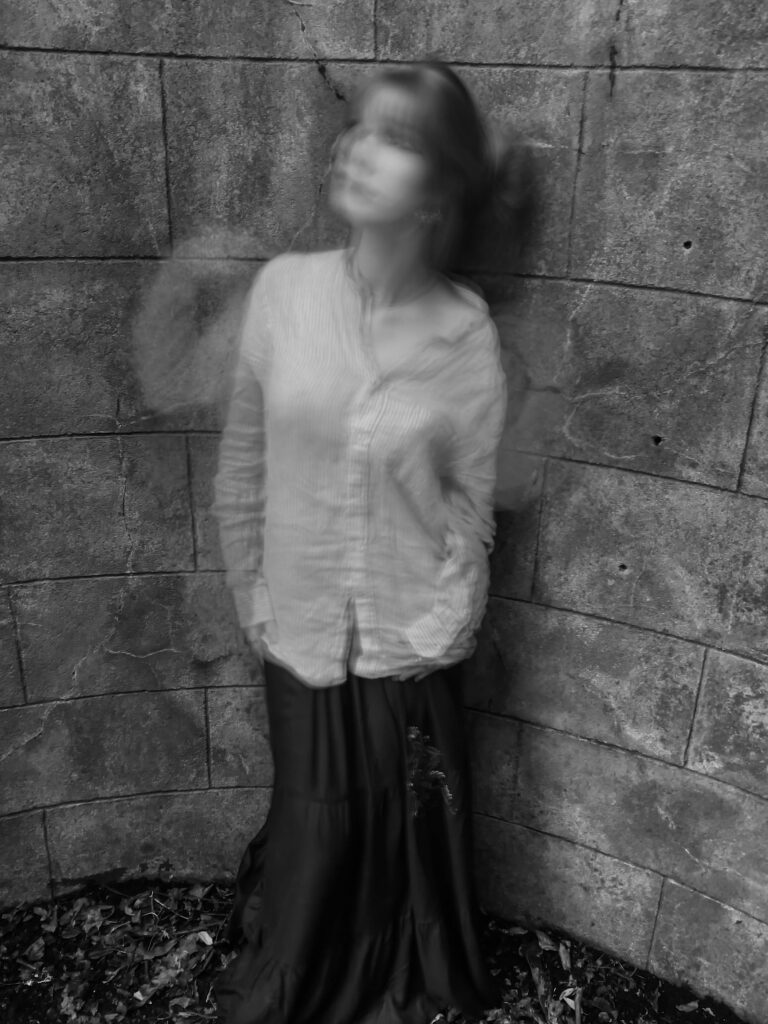

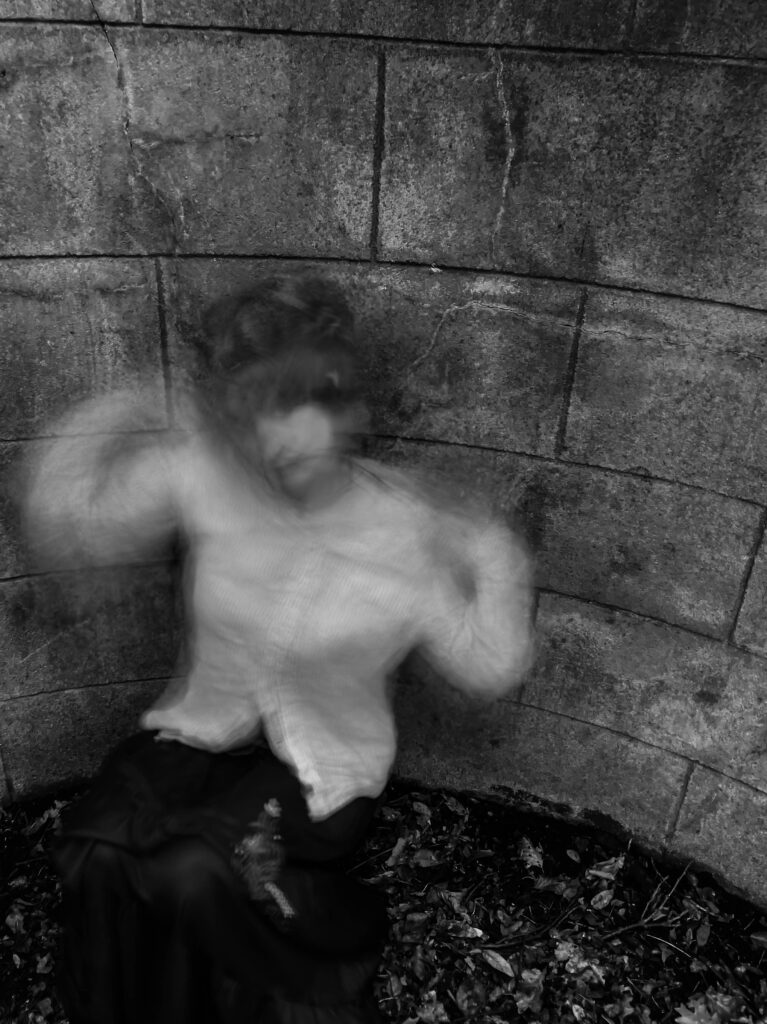
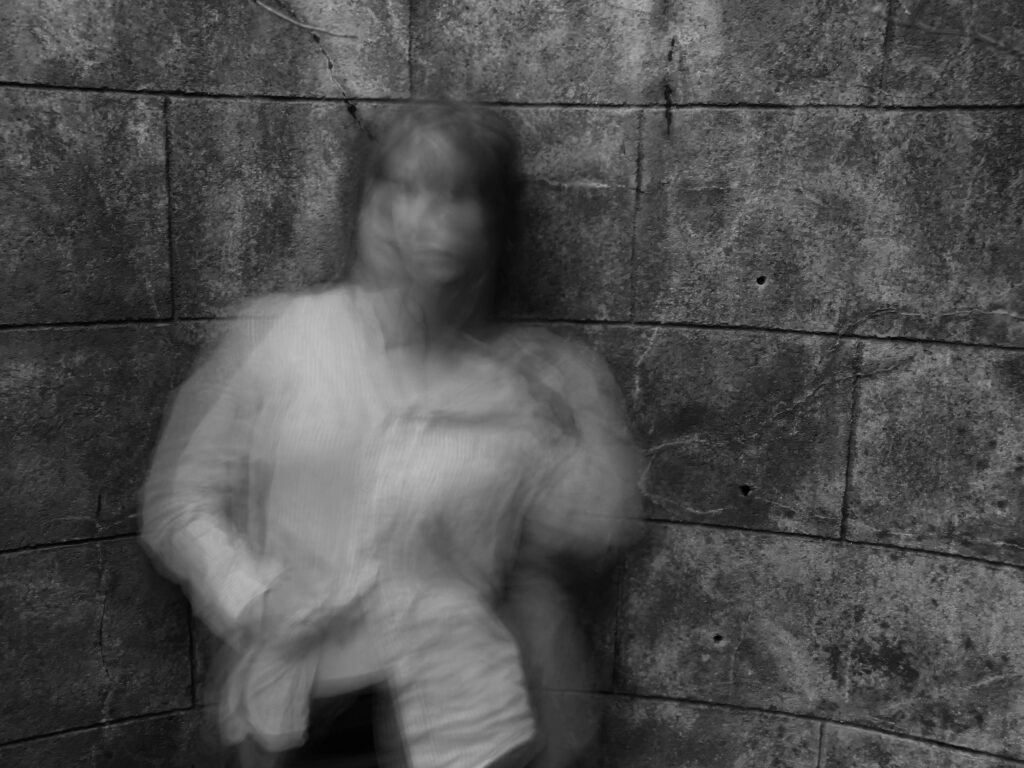
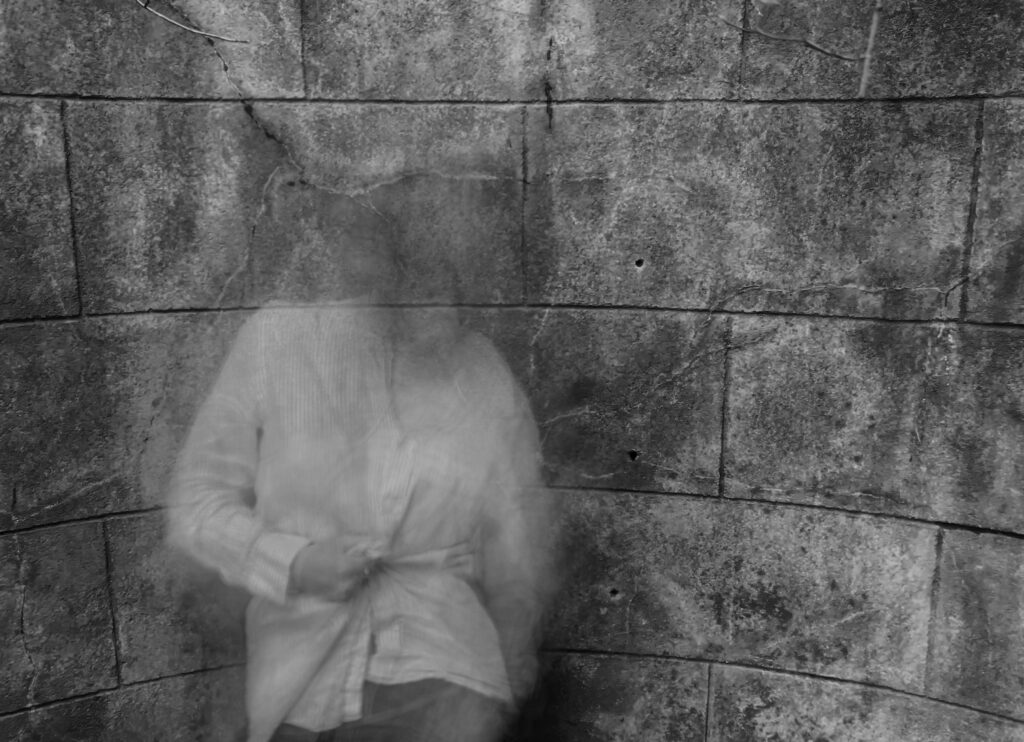
I think the editing was effective, since it improved the quality of the images as well as made them much more similar to my inspiration, Francesca Woodman. The increasing of the contrast made the details of the blurring stand out, emphasising the multiple exposures present in the photos.
green- will edit, yellow- might decide to edit (if more edits are needed), red- won’t edit
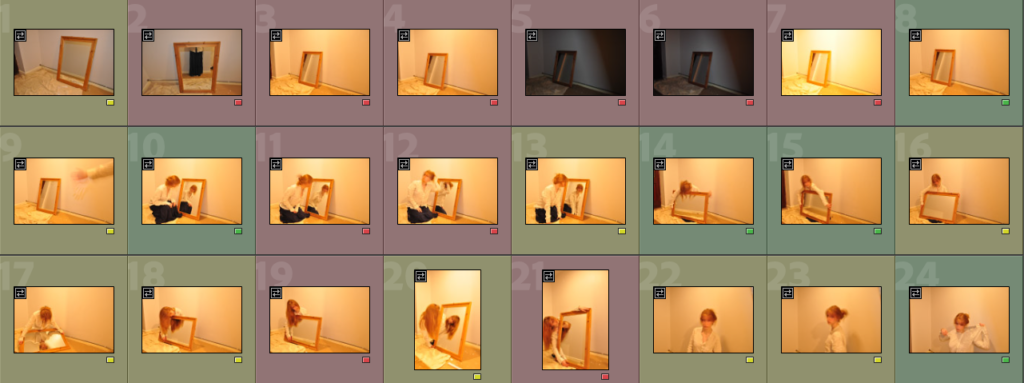


I made every picture black and white, lowered the temperature and exposure, creating a gloomier mood. I enhanced the contrast of the images by changing the contrast, highlights and shadows as well as increasing the texture and clarity of the photographs.
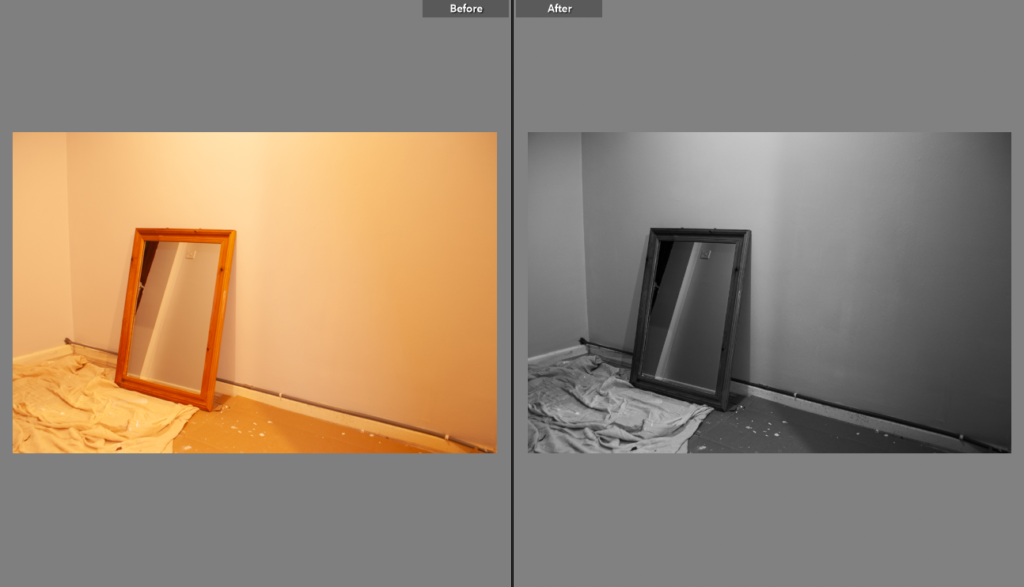
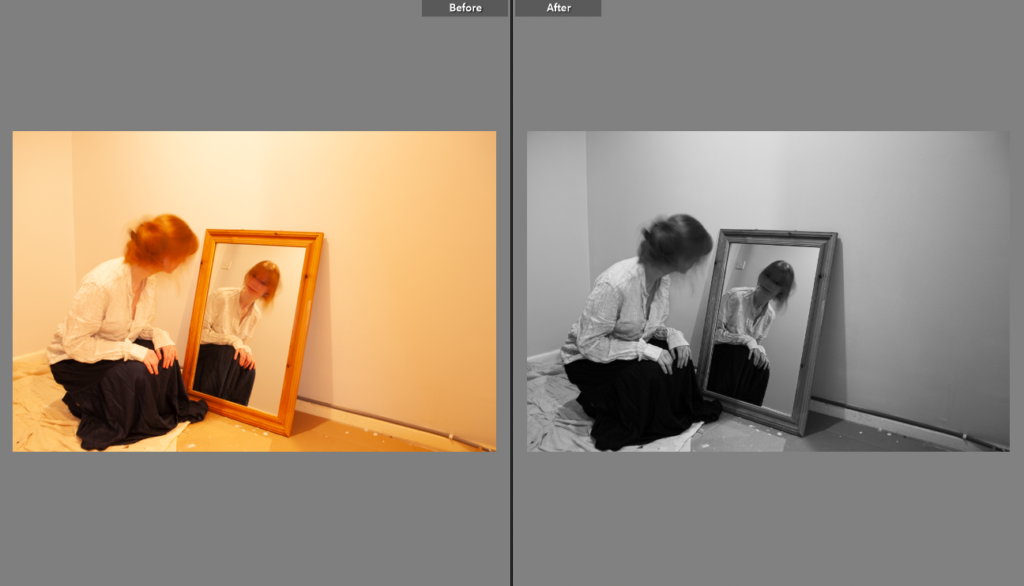
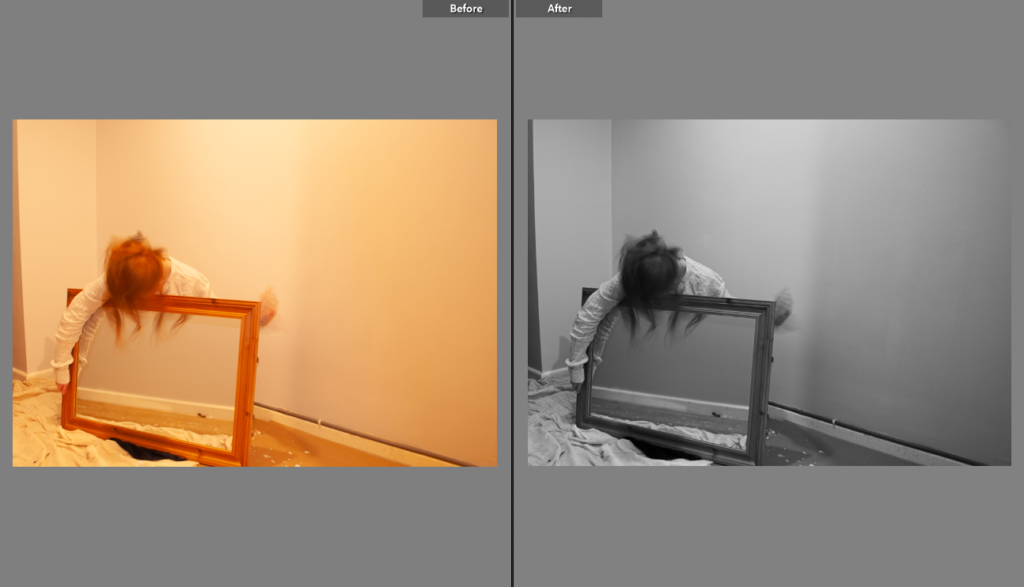

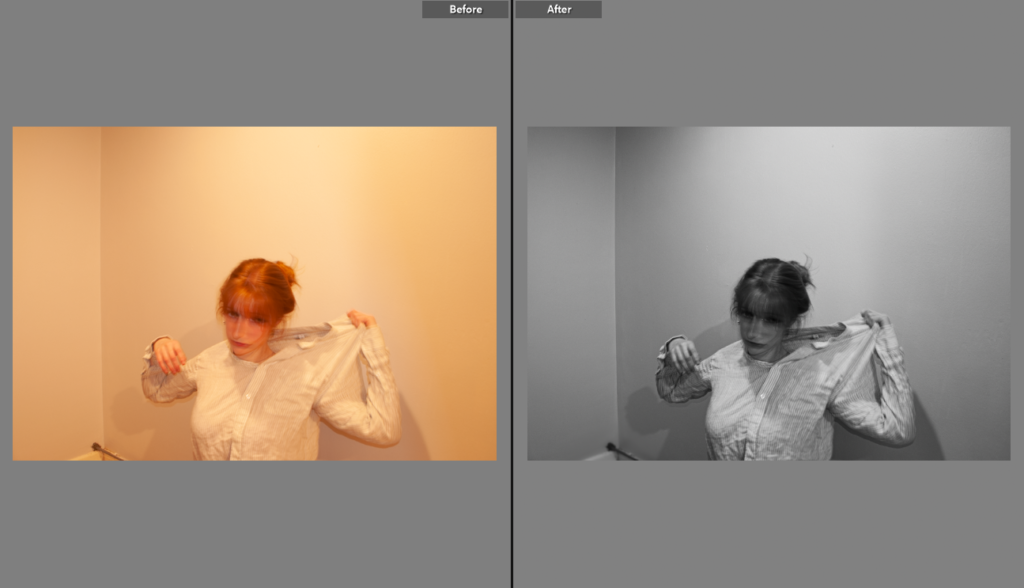
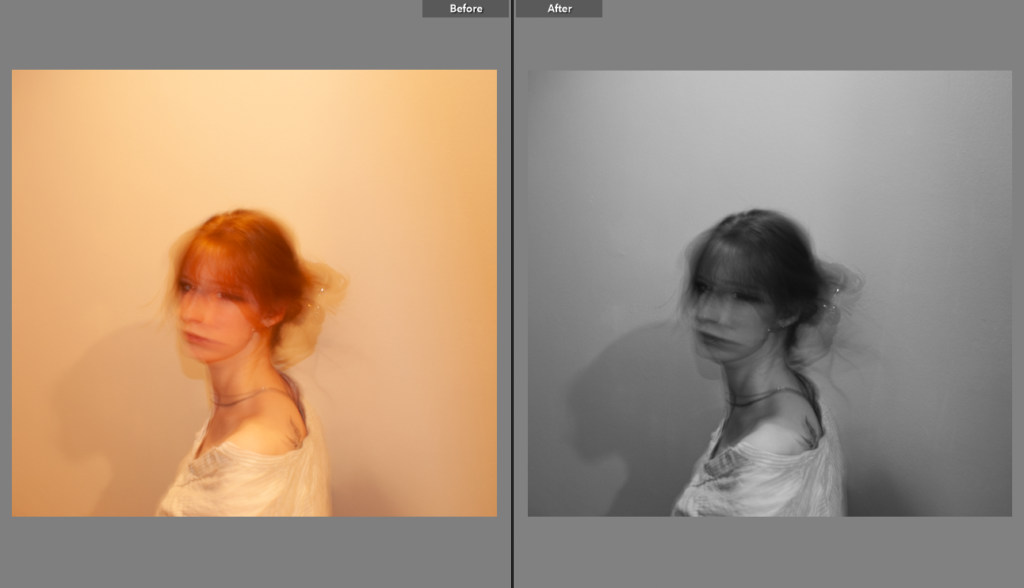
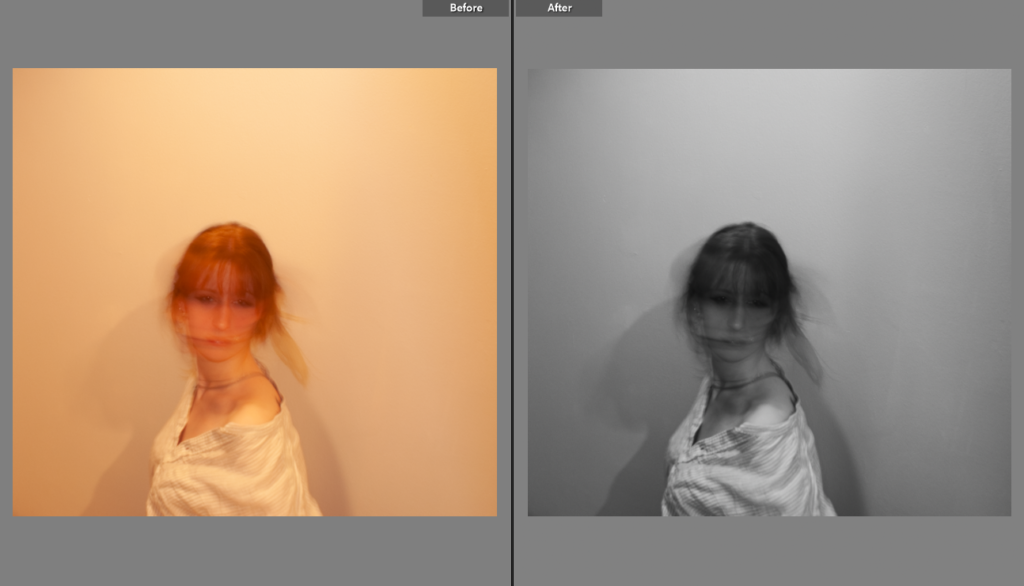
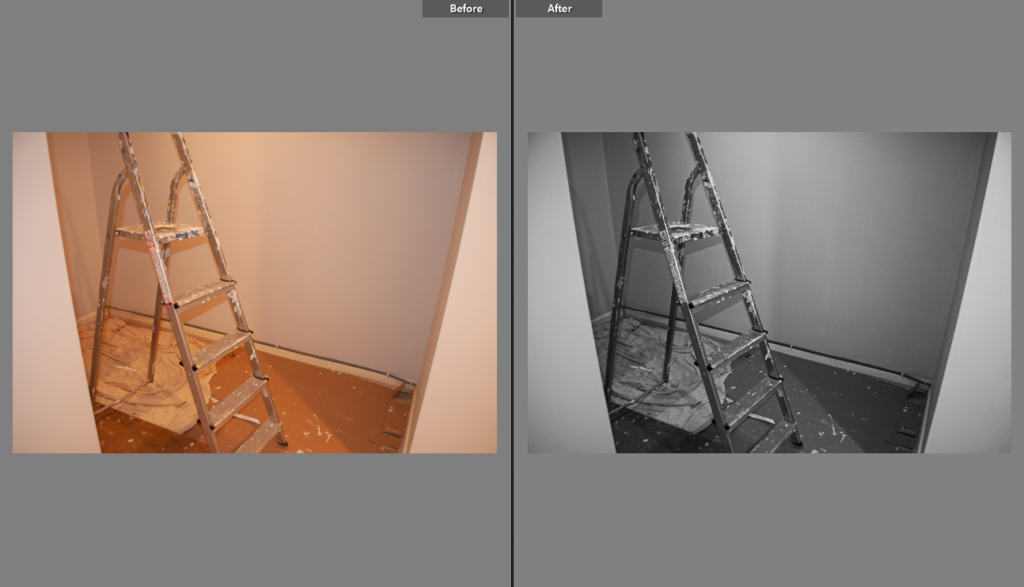
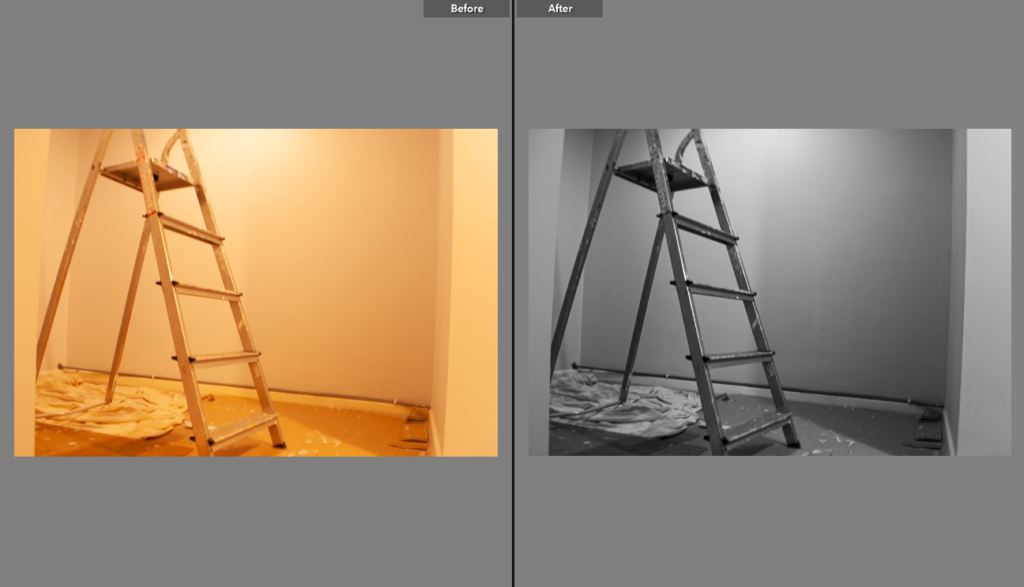
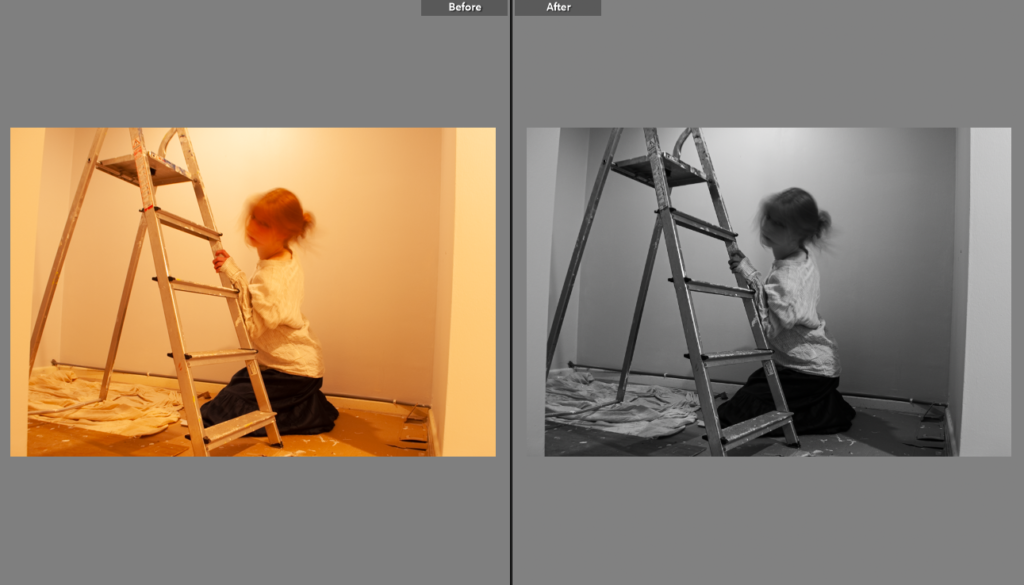


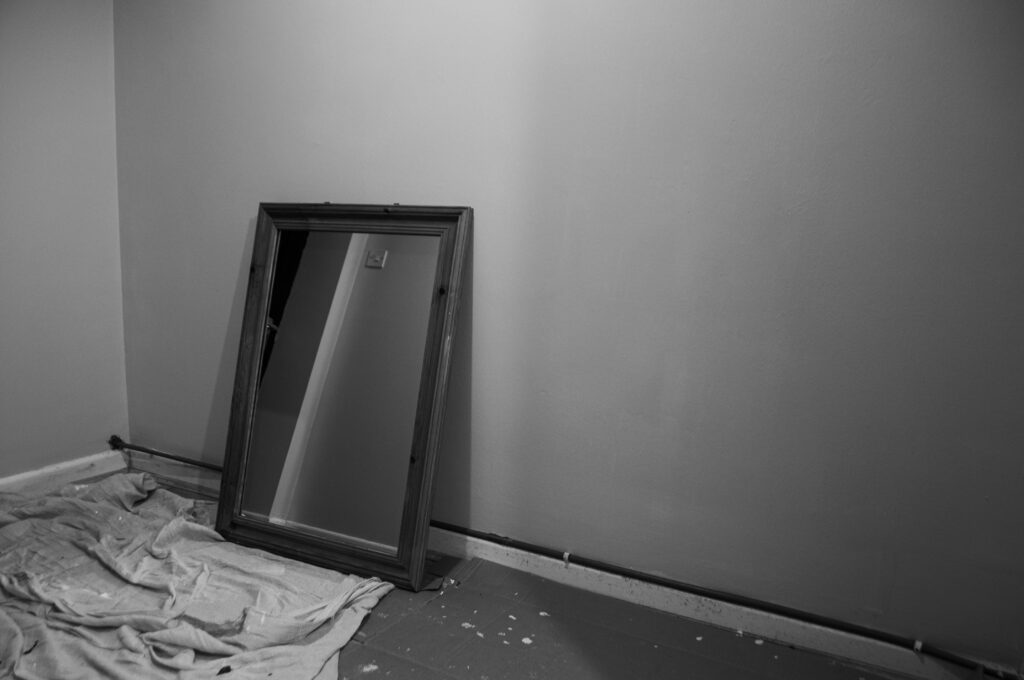

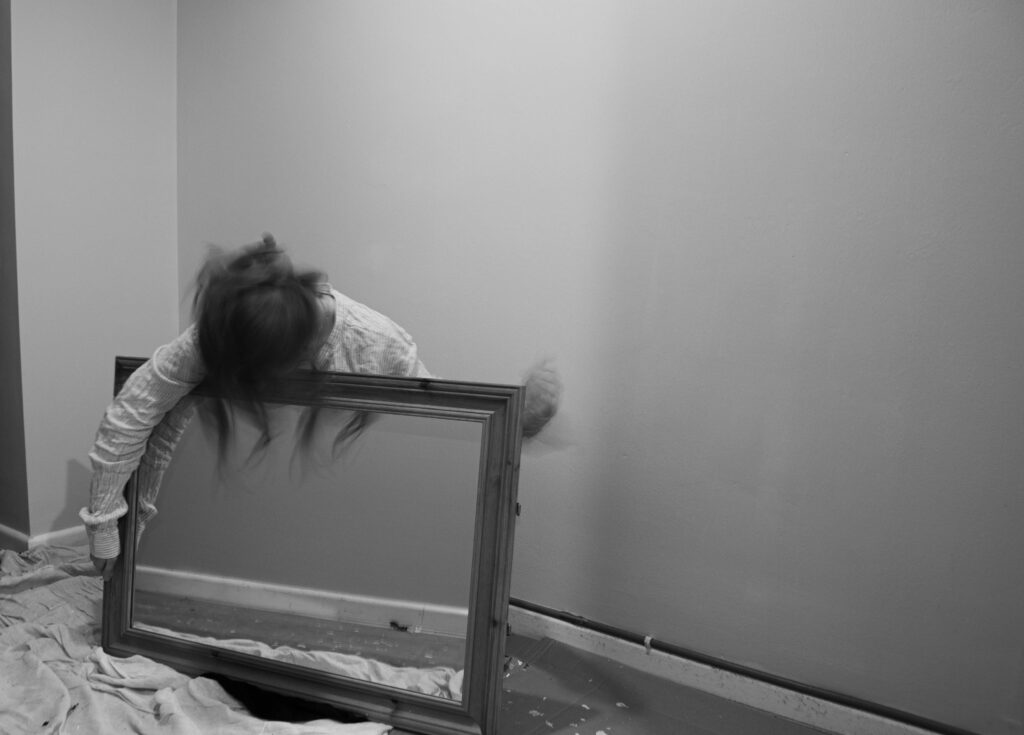
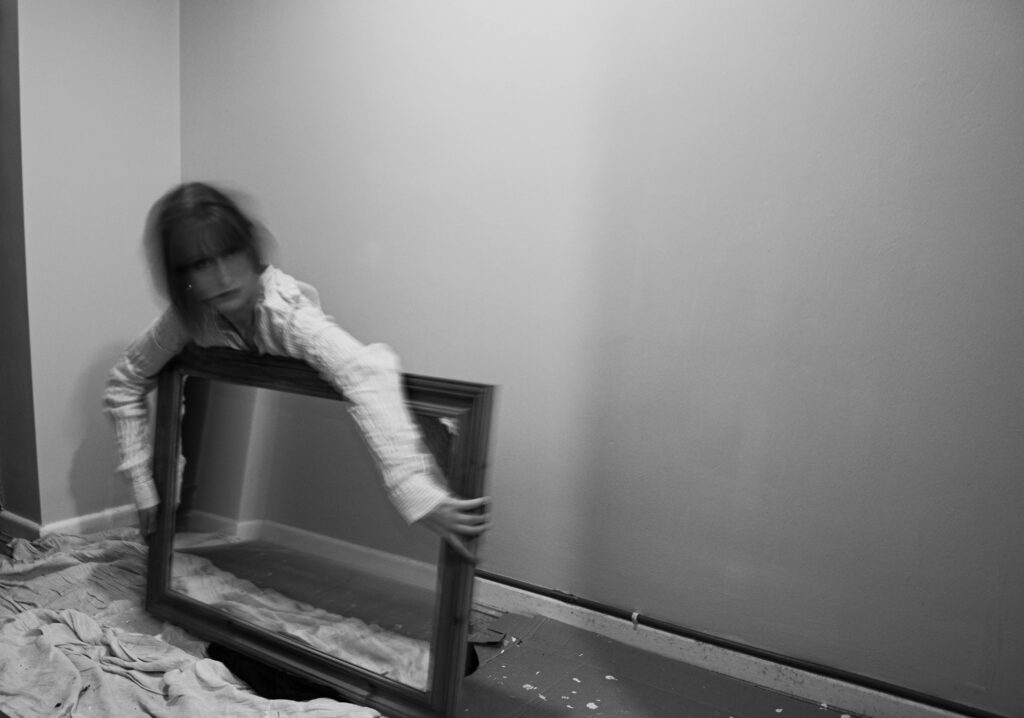
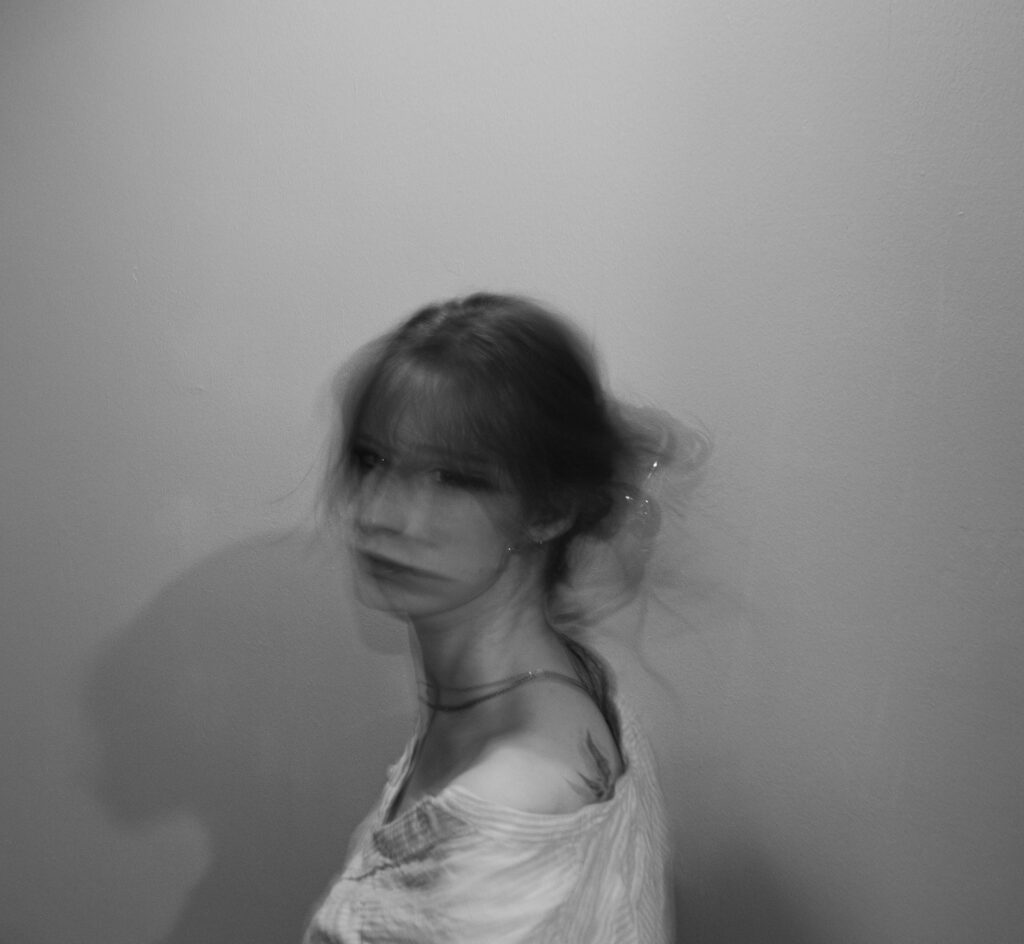
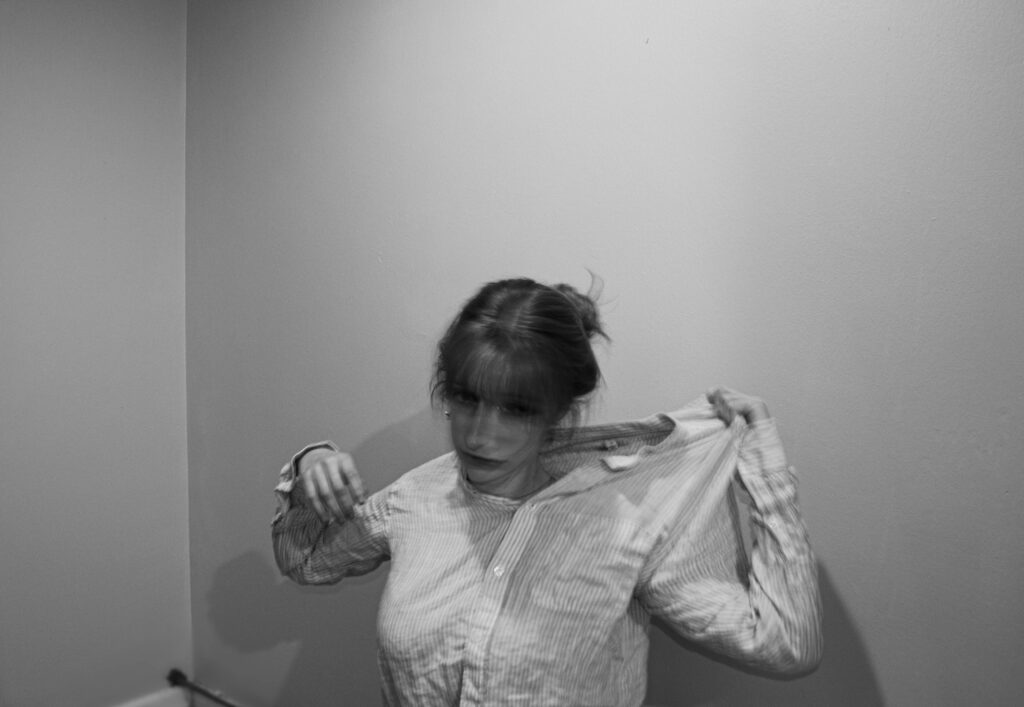
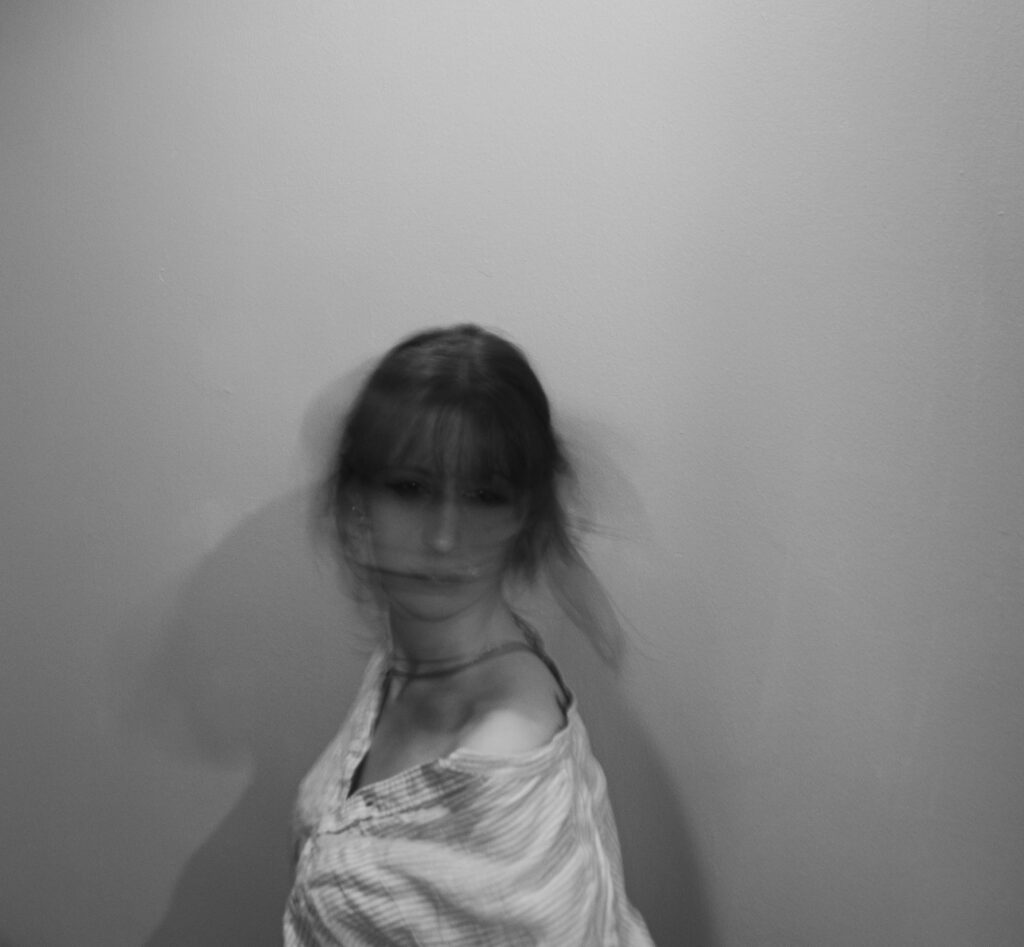
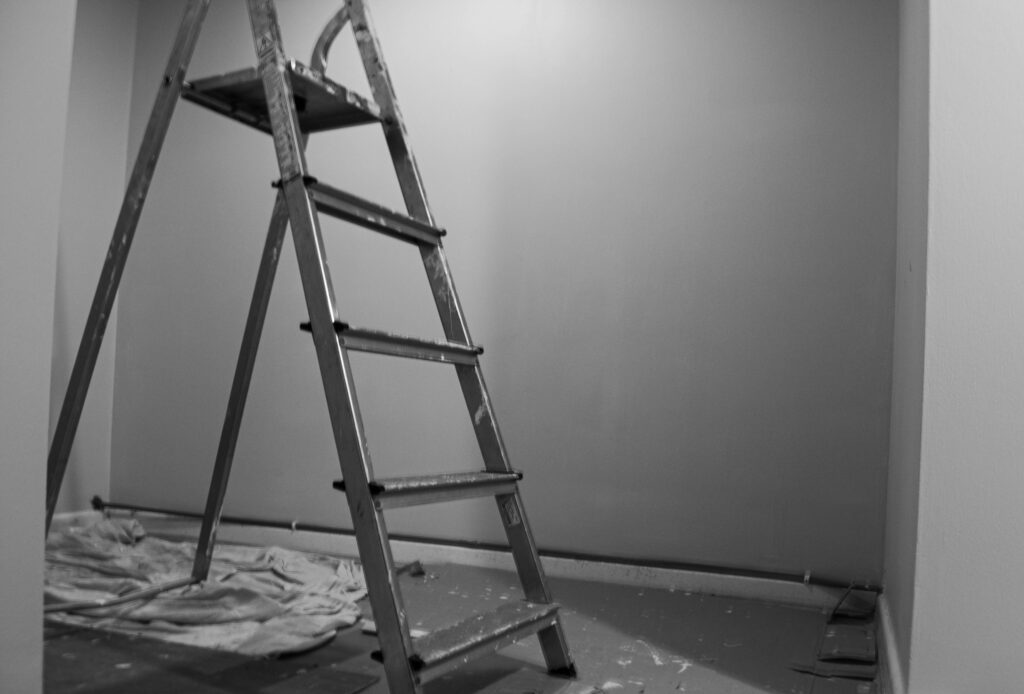
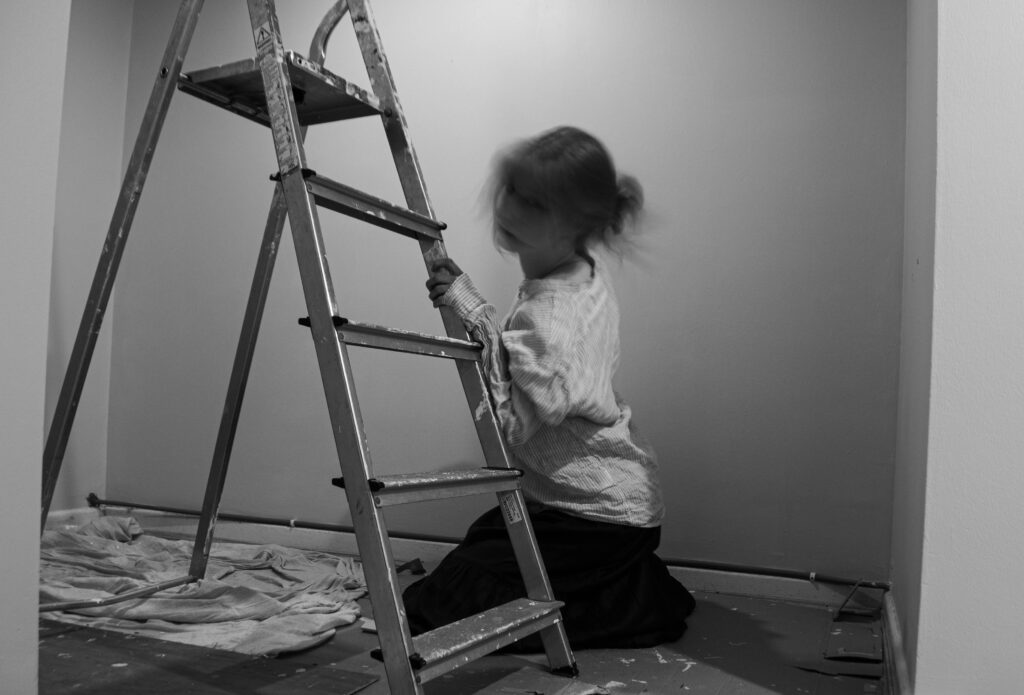


I think the editing was very effective, since it improved the quality of the images as well as made them much more similar to my inspiration, Francesca Woodman. The increasing of the contrast made the details stand out even more which caused the pictures to gain more grain and texture.
For my second photoshoot, I took pictures in small towers, located in a wood in Trinity. I used the rough walls as background, photographing the place with me and without me, similarly to my first photoshoot.



These are the photos I believe are the strongest, in terms of composition and fitting in with my project. They are the photos in which the interaction between the environment and me is most natural, which is something Woodman always manages to achieve. These are mostly likely the raws I will be editing into black and white.






















For my first photoshoot, I decided to take pictures at home. I wanted a simple wall as the backsdrop with some bigger and smaller components to act as props around me. I took both self- portraits as well as photos of the room itself, showing a contrast between place and person.
I think this photoshoot links in with the theme by producing an indirect observation of my thoughts and feelings- linking to hysteria through the unnerving vibe of the photographs. It also challenges the stereotypical views of femininity and mental illness, openly showing feelings that tend to be hidden.


These are the photos I believe are the strongest, in terms of composition and fitting in with my project. These are mostly likely the raws I will be editing into black and white, and cropping them to improve the composition (e.g: cropping out the door frame present in some shots).











who: The photos will be of me, linking to femininity and hysteria.
what: I will also take pictures of the room/ props as I want to take images without me too, creating a more emphasised contrast between me interacting with my environment and the environment without me.
where: I will be completing my first photoshoot at home, downstairs in my cooridor (currently being painted therefore having similarities with the bare rooms Woodman tends to pose in.
when: I will complete this photoshoot on a bright day, so that enough lighting hits the forest floor beneath the trees.
how: I will use a digital camera and a slow shutter speed, causing the photos to have a double exposure, much like Woodman’s images, creating a disturbing mood within the pictures.
who: The photos will be of me, linking to femininity and hysteria.
what: I will also take pictures of the walls, windows as I want to take images without me too, creating a more emphasised contrast between me interacting with my environment and the environment without me.
where: I will be going to a wood in Trinity, where two abandoned towers are situated, creating an interesting backdrop.
when: I will complete this photoshoot at any time, as it is inside so weather has no effect.
how: I will use a digital camera and a slow shutter speed, causing the photos to have a double exposure, much like Woodman’s images, creating a disturbing mood within the pictures.
He is a photograher who captures detailed images of abandoned locations and buildings- especially ones with great historical significance. His aim is to rediscover our forgotten heritage through the mean of photographic storytelling. This fascination of his turned into a seven year long project called ‘Forgotten Heritage’. His work takes him into environments that have long been forgotten allowing him to discover first-hand past architectural history. He has photographed many diverse locations like abandoned farmsteads in the arctic circle, vast industrial remnants in northern Europe to crumbling villas and hospitals in Italy. His almost decade long project has won several of the worlds most prestigious international photography awards to date and has been widely published online and in the international press. In 2017, he won the Historic Photographer of the Year award. More recently Emmett has been working with organisations like the National Trust, HLF and various councils documenting restoration projects and running workshops.
In an interview with Emmett, he was asked “what’s the most memorable place you’ve visited?”
“Well most likely the jet engine site mentioned above which was so unique and I am unlikely to see anything like it ever again, it was demolished in 2013. But aside from that, I think it would likely be a large psychiatric hospital in northern Italy. We explored it as the small town beyond its walls woke up. Inside it was so quiet, all you heard were birds, the sounds of your feet against the tiled floors and the hourly clanging of a church bell or passing moped drifting in the shuttered windows. It had a truly magical atmosphere!”






Here are some examples of his work, which clearly highlight the rich quality that all his images have. The deep tones, harsh shadows and detailed aspects of the images cause the images to perfectly highlight the abstract beauty of each of these places. I have noticed that natural light is something Emmett manipulates to his advantage, for example, using beams of light to further emphasise the rich colours within each picture. His pictures truly help us rediscover these hidden locations, showcasing each place in a way that makes every flaw stand out- yet still looking beautiful.

This picture is part of his seven year project- ‘Forgotten Heritage’- where he explored a hospital in Italy. His photos captivate the viewer, the atmosphere of the place appearing to be calm despite its previous use.
The image has a deep depth of field, dragging the photograph more and more, far into the long hallways that meet in the centre of the photograph. This causes the photo to have a very interesting composition, having two areas of focus on each side of the image. This composition causes the photo to be very effective in capturing the atmosphere of the building, allowing the viewer to vividly imagine the feeling of the place. The lush greenery seen through the window contrasts with the peeling mustard- coloured paint that coats the walls, as well as the grey leaf- covered floor. The two corridors, one dim and the other bright, could be a portrayal of the hospital itself, its two sides, the duality that hospitals tend to have. Happiness and sadness, light and dark, good and evil could all be themes that this picture incoorperates into itself. The frames on the windows create a pattern or repetition within the image, which adds a geometrical aspect, contrasting with the otherwise bland walls. The image was clearly taken using a fast shutterspeed, allowing lots of light into the picture and therefore resulting in a bright, detailed image that helped capture each bend and curve of the architecture.
I think Emmett’s work fits in the theme, as observation is a key part of his projects. He observes the way each location looks, and captures each place in a way that is realistic yet adhanced in beauty. He seeks out these forgotten sites, and challanges the norms of ruins being unappealing to look at.